|
The second of the Roman watchtowers that I made can be seen here and and by simply altering the wallpaper effect and a few subtle differences it looked quite different. It was meant for a more Eastern Roman detachment and as such I felt that the stucco and brick effect was more appropriate to give the right feel to the piece. It was made in the same size and way as the first watchtower but the inclusion of a wooden ladder was the main difference. This was made by cutting and gluing together some wooden coffee stirrers and painting them to get the right effect.
2 Comments
Over the last couple of months our little wargames group has discovered Warlord Games SPQR ruleset and seemingly from nowhere we have all put together warbands for the Ceasarian Roman period. As Xmas was approaching I decided to make a few watchtowers as presents for each of us, all being uniquely different as they would be from different parts of the Roman Empire. The first of them that I made was probably the most recognisable and this is how I made it. To begin with I cut the basic parts being four walls, a floor and a couple of internal support pieces from foamboard. These were assembled and left to dry thoroughly and later the crenellations were cut out. The corner edges of the tower were filled and smoothed down as well as any areas of the crenellations that needed filling, again the model was left to dry thoroughly. The next job was to select and paste down a stone effect wallpaper over the model and also put in a floor effect and while this was drying I made the stairs and the surrounding walls. When the stairs had dried I covered them with the same stone effect wallpaper as the main tower and then glued them in place. The capping pieces along the top of the crenellations were all cut and glued in place ready for painting later and once painted the basic model was almost complete. So, with the building work all done it was a simple case of adding a door, hatch and windows to the model and using thinned down paint to add a few weathering effects. Finally with all the work complete on the tower I decided to varnish it with acrylic wood varnish which protects and strengthens the model. The base was next and I cut out a hardboard base and glued the model to it, later this was textured and painted with loads of bushes, flowers and scatter grass added. Finally I was left to sit back and admire my work until the reality of knowing that I had another four to make hit home. Finally some useful dimensions:
Height of Tower = 14 cm Width of each side of Tower = 10 cm Width of Stairway including wall = 3.5 cm Height of Stairway including Wall = 6.5 cm Height to top of Stairs = 4 cm I painted these a few weeks ago for a customer and coincidentally it was about this time last year that I finished some very similar figures for the same person. I really enjoyed the project especially as I had the chance to base some of the figures. Basing is something I especially like doing which is useful really considering the amount of times I have rebased my own figures over the past 37 or so years that I have been involved in this hobby.
I made this small Pirate boat for my buddy Nick so that he could sail his brave band of adventurers to the Ghost Archipelago in the not too distant future, where he could have many a happy time hunting for treasure and fighting monsters.
I had an idea of what I wanted to make which was a ships longboat much in the style of ones I had seen in many a pirate movie and in particular one I had seen in a wargames magazine many years ago. I did actually find plans to the pirate ship and longboat from the wargames magazine and whilst the ship itself is a lovely piece I felt that the longboat was somewhat lacking and not well shaped. I still took inspiration from the way it was built and decided to make it more shapely and then drew out the templates for this. With the templates made which I saw as future proofing for when I want to make more of these, I decided to draw around them onto thin cereal packet card to make two sets each of side walls and stern. The deck of the boat was made from 5mm foamboard and the prow made from 5mm balsa wood. So I had a total of 8 pieces for my model being for side pieces, 2 stern pieces, 1 deck and 1 prow, an easy build. The first job was to glue the prow to the deck of the boat and once dried I cut a 5mm strips of double sided tape which I attached all the way around the side of the deck. I then took one of the side pieces and with some super glue along the front inside edge that made contact with the prow I pressed the whole piece into place until the glue has set. The other side piece followed and then the stern piece, which was glued to the rear edges of the side pieces with super glue. Once all the glue was fully dry I decided to attach the second set of side and stern pieces to the boat to add thickness and strength to the boat, this was done by attaching double sided to each new piece and pressing the pieces into place and again using superglue on the edges. Next job was to cover the whole piece with one of my handy wallpapers which I had made to simulate wood planking, which was done in a few minutes and it was at this time that I thought that the prow should have been covered or painted first. Anyway it was too late now, so I allowed the whole piece to dry out thoroughly and once dry I painted the prow to match with the rest of the boat. So now the boat was built, or so I thought and I decided to make a base which was to add some waves and also weight to the piece so I cut an irregular shaped base out of vinyl tile and put it to one side for later use. This led to me think that the boat needed a sail, so I made a mast out of 6mm dowel and a yardarm for a lateen rigged sail out of 3mm dowel. These were painted and the mast fixed into place by poking a hole through the deck in the place I wanted the mast and glued it into place with PVA glue. With the mast in place and the yardarm offered up to where I wanted to later attach it I realised that the boat needed a bowsprit and a rudder. The bowsprit was cut out of 3mm dowel and painted to match the mast and glued in place on top of the prow with super glue, and the rudder was made from 3mm balsa wood which which was glued in place and painted to match the plank effect sides. A rudder arm was made from 3mm dowel and painted to match the mast and glued to the rudder with super glue. With the construction almost complete I glued the boat to the base and left it to dry while I tackled the sail. Funnily enough and most coincidentally the lateen sail on the original plans from the pirate ship from the magazine was exactly the right size for what I wanted and so I printed out a copy and simply cut it out and painted it cream with white highlights. Once dry I ran a bead of superglue along the top edge and offered up the yardarm and pressed it into placeand once dry I attached it to the mast in a position I felt looked good. The next job was the sea effect which was simply ready mixed filler applied to the base to make choppy little waves, something I used to do years ago when I owned a fleet of WW2 micro ships, this was left to thoroughly dry out on a totally flat surface. The sea was painted a darkish blue and again left to dry thoroughly as I had to thin the paint so it would carry into all the nooks and crannies of the choppy surface. the next thing was to paint over the dark blue with a nice mid blue allowing a little of the darker blue to creep through in places and finally a few minutes later I dry brushed some white over the waves to complete the painting. The boat was left to dry out for a few hours and then I varnished it all with a coat of matt acrylic varnish and left to dry out again. At this stage I decided I did not was to rig the boat as it would only get in the way when playing a game with clumsy hands putting figures in and out of the boat. The only thing left to do was varnish the sea with some gloss varnish which Nick decided he would do himself at a later date. So that was it, a simple relatively easy to build model boat which cost pennies to make and looks really nice on the table top and it carries a crew of 8 if they are on 25mm circular bases. I built this a couple of months ago to go with my ever increasing lot of buildings & scenery for my Frostgrave setup. The idea came from my wanting to have different levels of terrain for my Frostgrave games as my terrain board is split over different levels to add to the general mayhem of the four player games I usually play with my gaming buddies.
To that end I wanted a graveyard that was raised above the surrounding terrain with only one access point being the stairs. To start with I had a piece of cardboard packaging lying around which was 240mm long x 200mm wide x 45mm deep, which seemed about the right size for what I wanted. I then decided to fix a wall around it made from foamboard which was cut to a height of 60mm which allowed for a wall 15mm higher than the graveyard. Once glued in place I decided upon an entry point and cut an opening 30mm wide, which was so far so good and only a few short minutes of work. The next thing to do was build the stairs leading up to the graveyard level which needed some planning to get the stair treads to match the height and position of the opening, at this stage I realised that I should have built the stairs first and then cut the opening last. The stairs were made from 5mm foamboard with a width of 30mm and each one glued in place to match the position of the opening. Fortunately the stairs matched perfectly with the opening so I then built the walls to enclose them so that they looked in keeping with the rest of the graveyard. The next thing to do was to wrap the entire set of walls with a home made stone effect wallpaper which I regularly use on projects like this. The stairs were done first and separately from the main walls as they were not yet glued in place for this reason. The rest of the graveyard walls were then done and once everything was dry the stairs were glued in place, finally everything was sealed with a coat of clear acrylic matt varnish. The grave stones were next to be tackled and as I already had some resin gravestones from an old abandoned project lying around I painted them up an decided to position them. I wanted 2 rows of gravestones and allowed 30mm all around them for figure placement and 30mm between the rows for the same reason. When happy with the positioning of the gravestones I glued them all in place and painted the ground dark brown and once dry I used brown scatter material to simulate dirt. The final stage was to apply the snow and frost to the whole model, the snow banks were made from Woodland Scenics snow scatter material mixed to a paste with PVA glue and this was applied wherever I thought snow would gather. Once dry the whole model was scattered with the snow effect scatter material to simulate frost and that was it all finished. I finished this piece recently for a customer as part of an ongoing project. Basically it was a resin Pigsty with a few broken bits of wattle fencing that he wanted making into an enclosure to hold many bases of pigs and piglets. There wasn't enough wattle fencing to make a useful enclosure so I decided to add a hedge made from some sample resin pieces that I had lying around. This just left me needing a gate which was made from matchsticks and a few dowel fence posts and I had all that I needed. With all the pieces glued in place on a piece of vinyl tile I painted everything and then applied the basing, which is a mixture of sharp sand and brown paint (like Basetex, but far cheaper). Once dry I applied bushes and long grass then I covered the hedge with scatter flock and a lighter flock applied in patches around the base to finish it off. That was it, all done and ready to be used on the wargames table, a really useful building that could be used for many periods or settings.
I painted these guys a few months ago but only recently decided to photograph them for my blog, which I really should post to more regularly. They are a goodly mix of figures from many different ranges and periods as there are even a few Byzantines in with this warband, all in all though I really enjoyed painting these guys especially when it came to doing the shields. The shields are a mix of hand painted, transfers and both, especially on the oval shields as the transfers were only supposed to fit on round shields.
I needed to make some crops to fit in fields and gardens for a 20mm scale Peninsular War project that I am in the middle of doing. To this end I decided that I would make the crops in 60mm lengths so that they would be flexible enough to fit in larger fields or small vegetable patches in village gardens as well as being able to be moved out of the way of figure bases. I used a variety of materials to create the crops themselves including pan scrub, clump foliage, grass tufts and scatter material, with the result was pretty good considering how simply treated they were.
I recently decided to make some Broken Ground and Marsh markers that are suitable for 10mm-28mm gaming and here they are, very simple and easy to make. I put them on 40mm circles of vinyl tile as I could get enough detail in each one and being of regular shape they are easy to store.
I originally painted this Grenadier or Ral Partha figure at least 20 years ago and found it minus the hand with the club in a box of bits and pieces that I had intended to renovate. After dusting it down and gluing the hand back on I quickly touched up any knocks it had and varnished it again. The base was revamped with loads of bushes and some new scatter added to the base and it was finished and ready to use for my Kings of War and Dragon Rampant games.
|
AuthorStephen Wylde BA (hons) Archives
April 2020
Categories
All
|
Proudly powered by Weebly

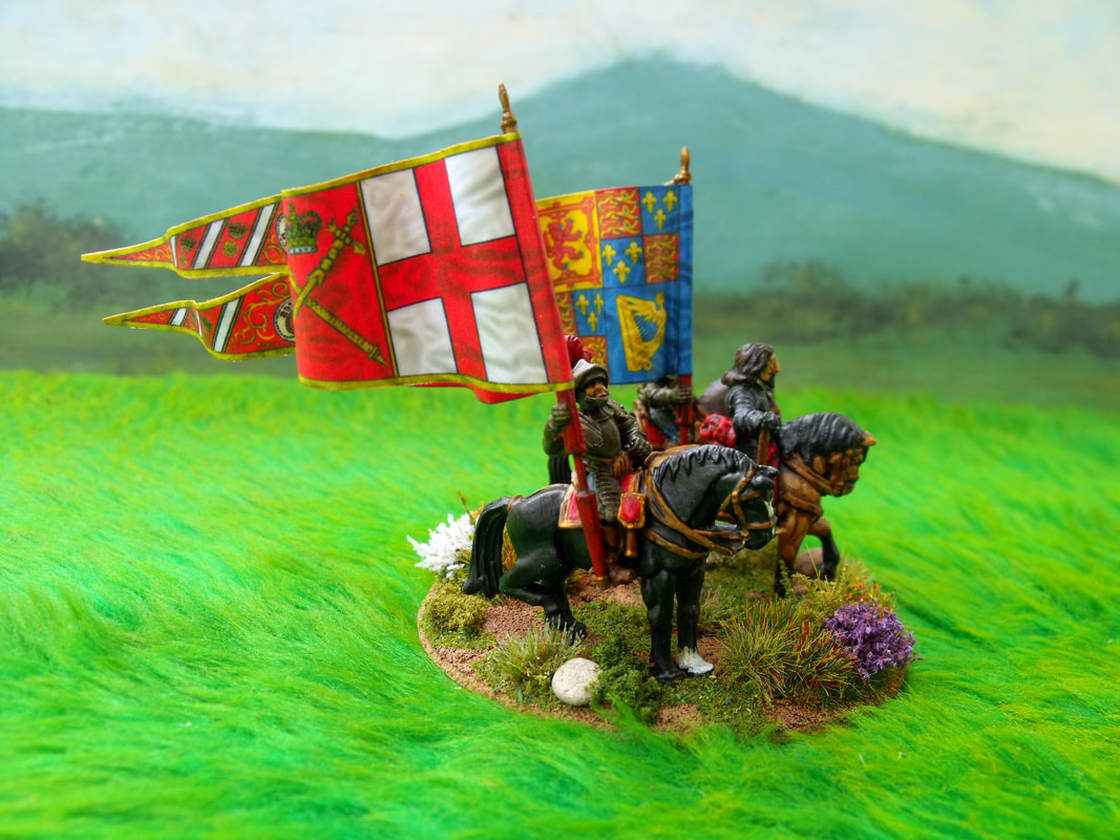
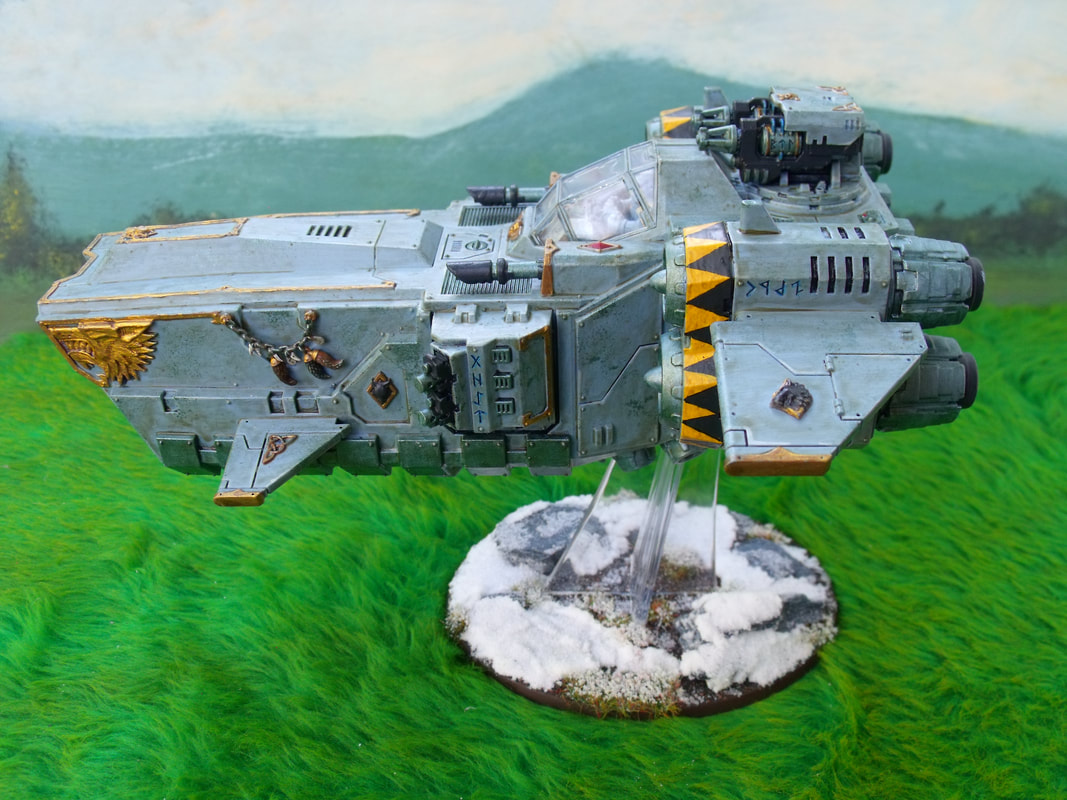
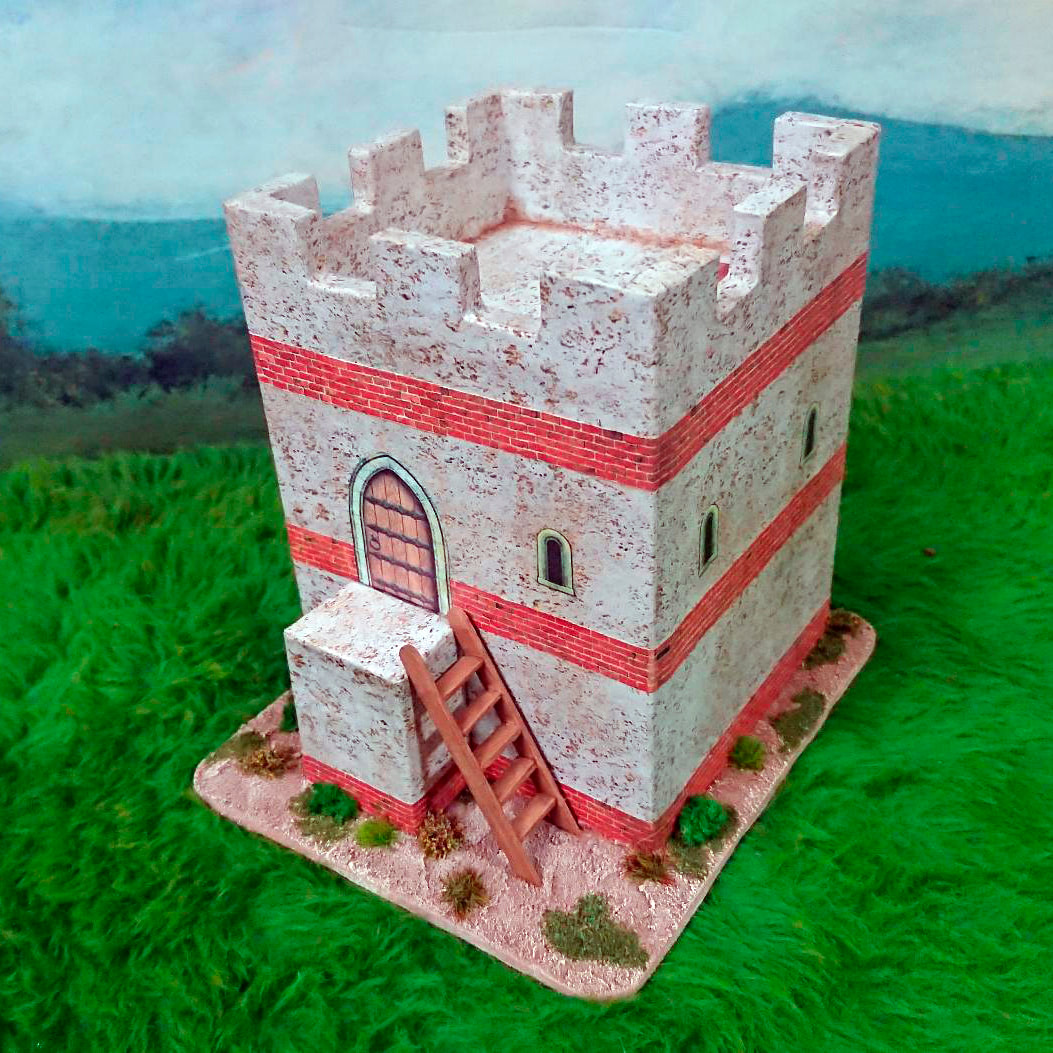
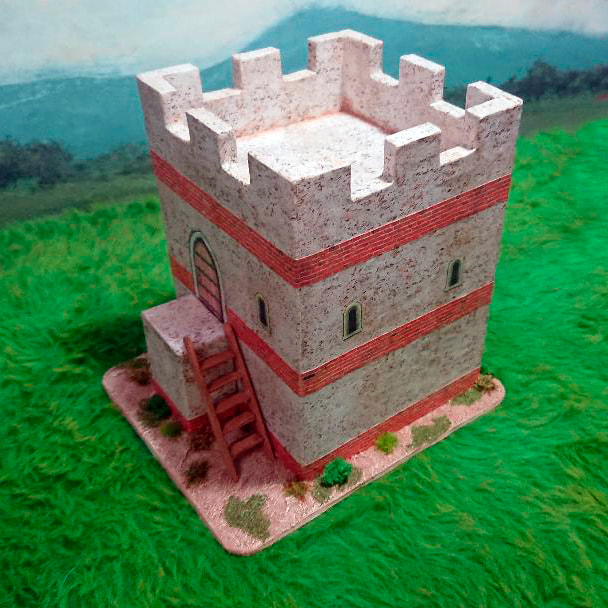

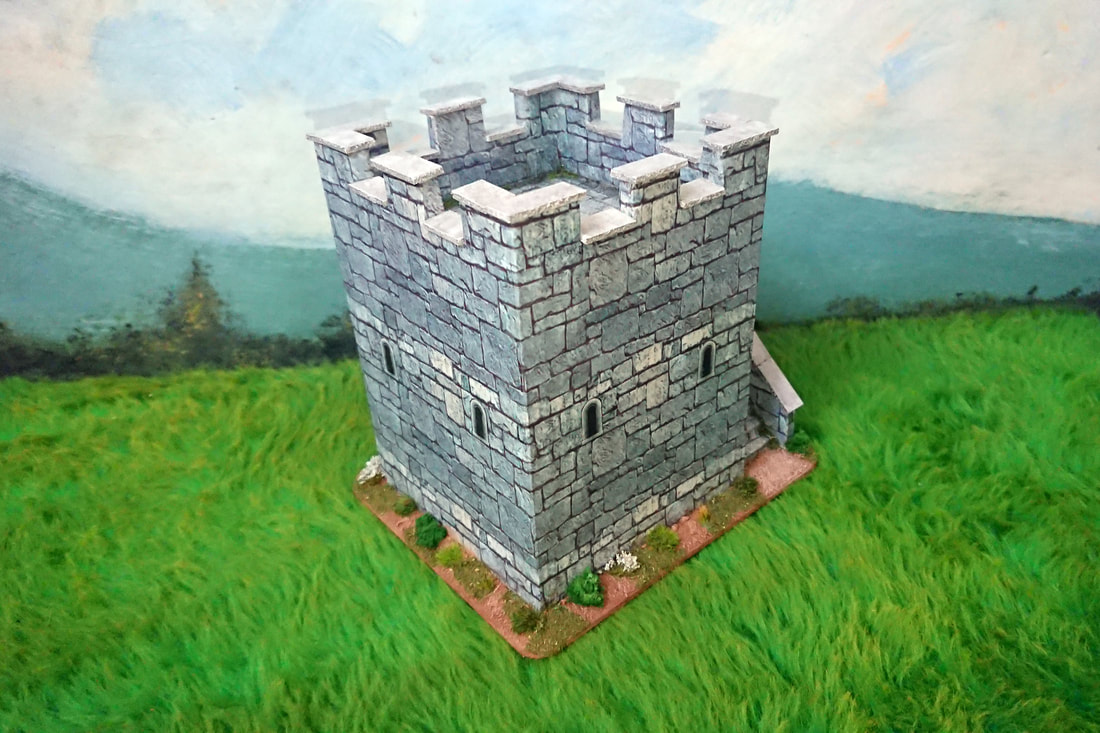

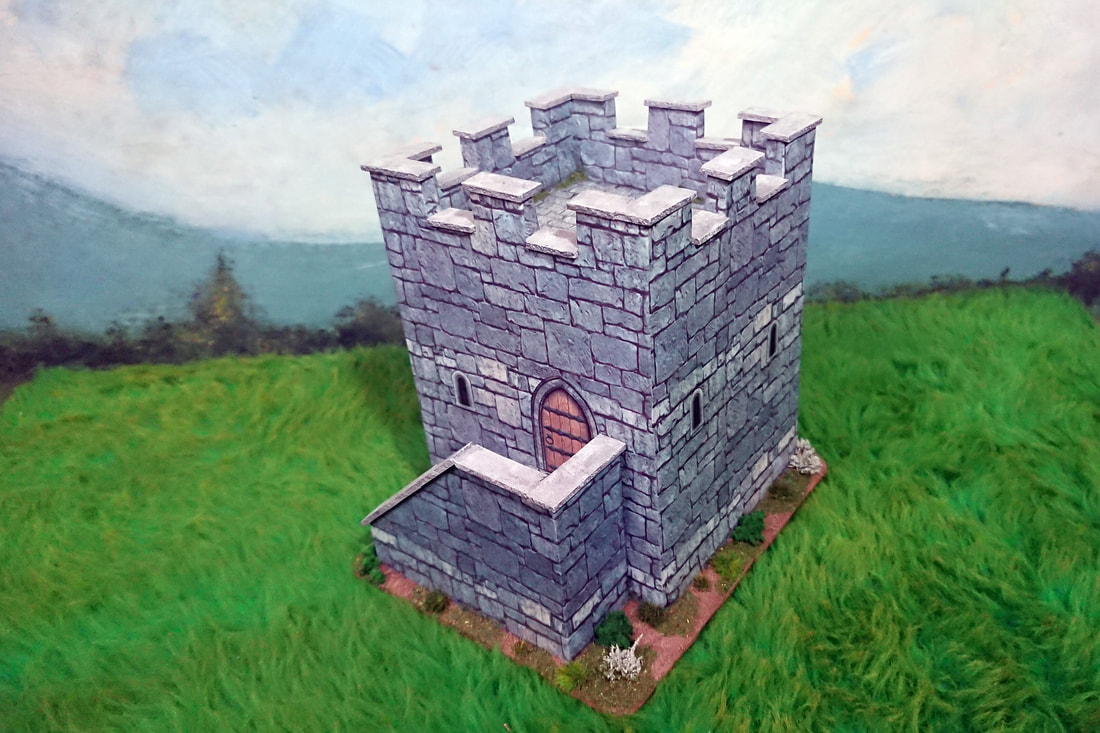
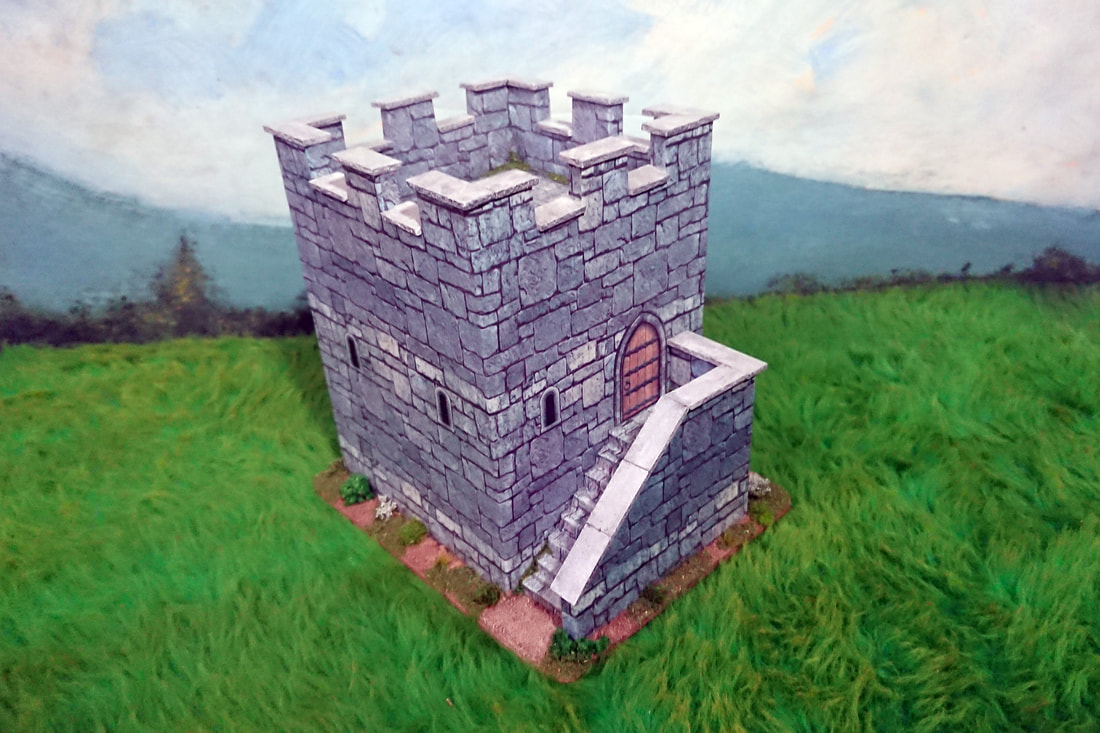




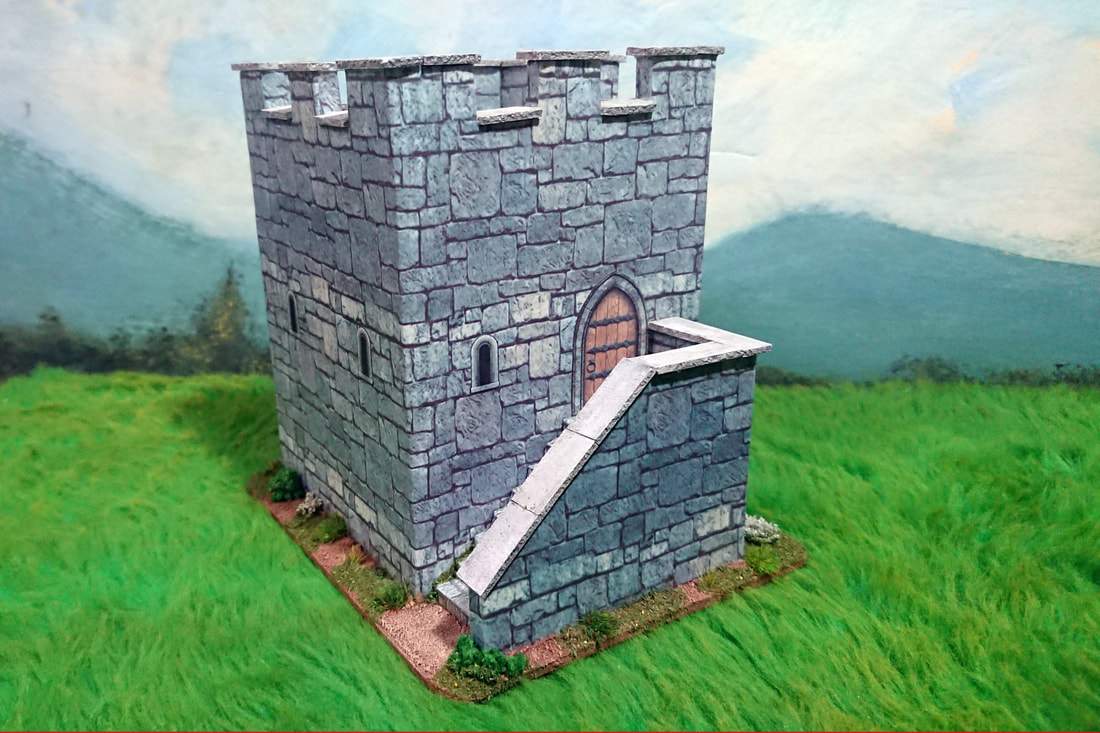
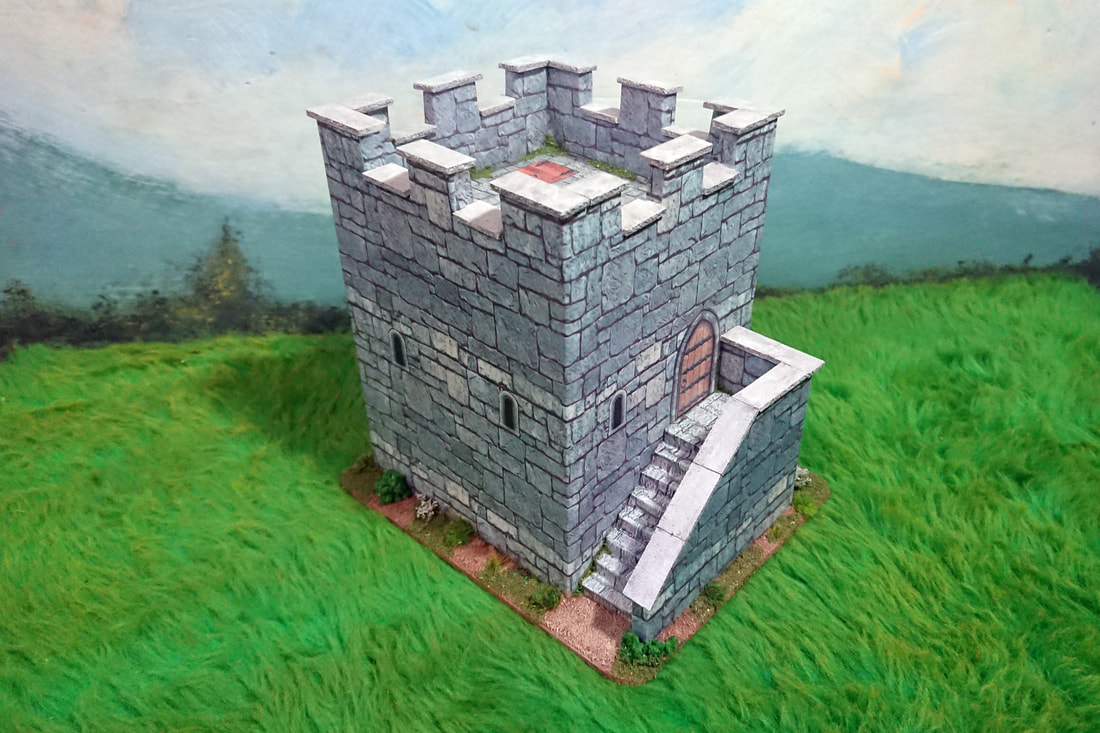






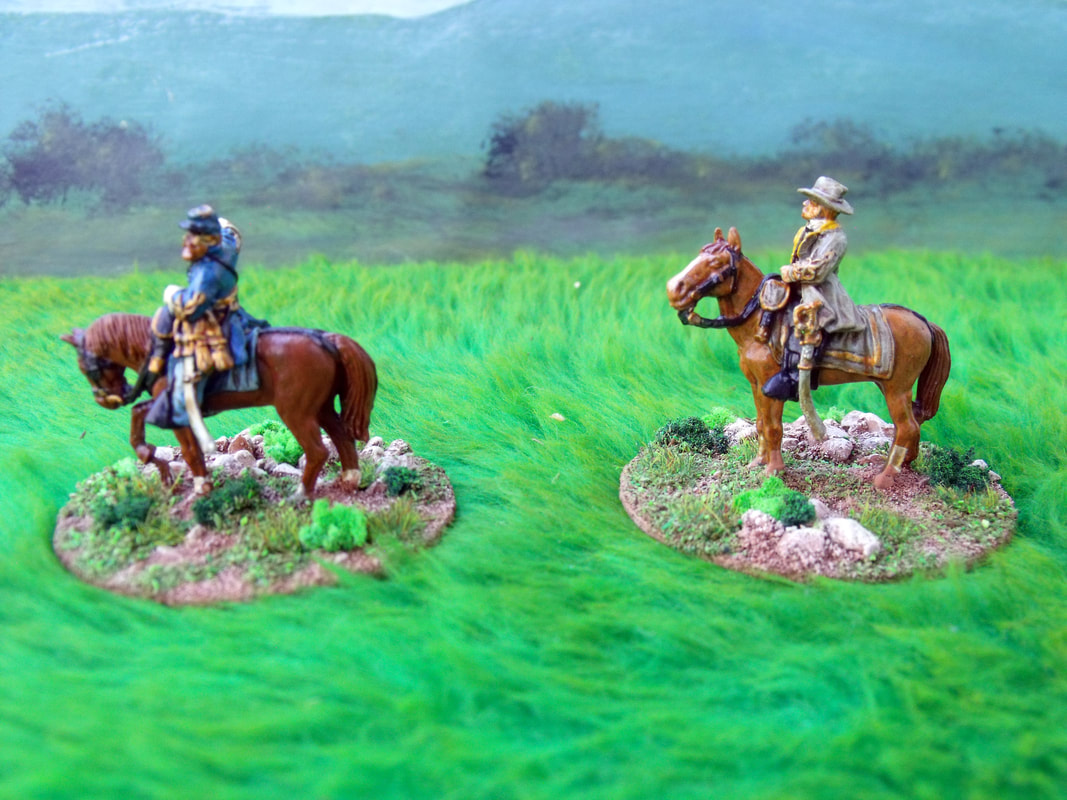
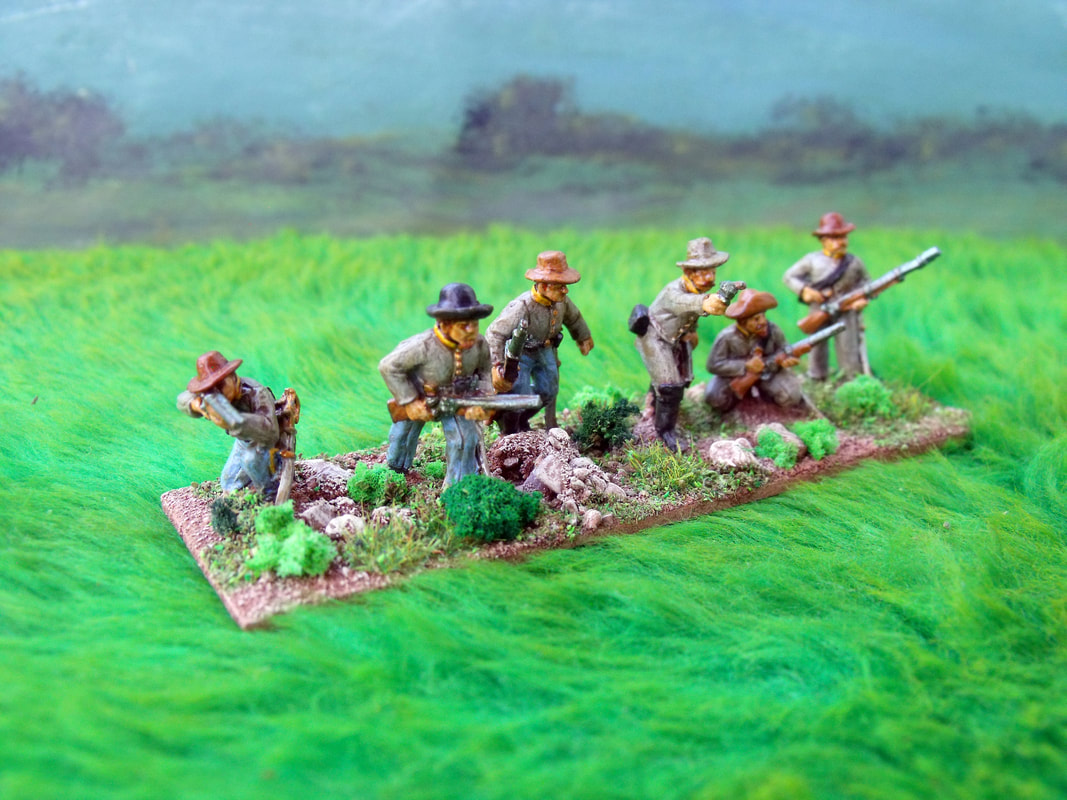
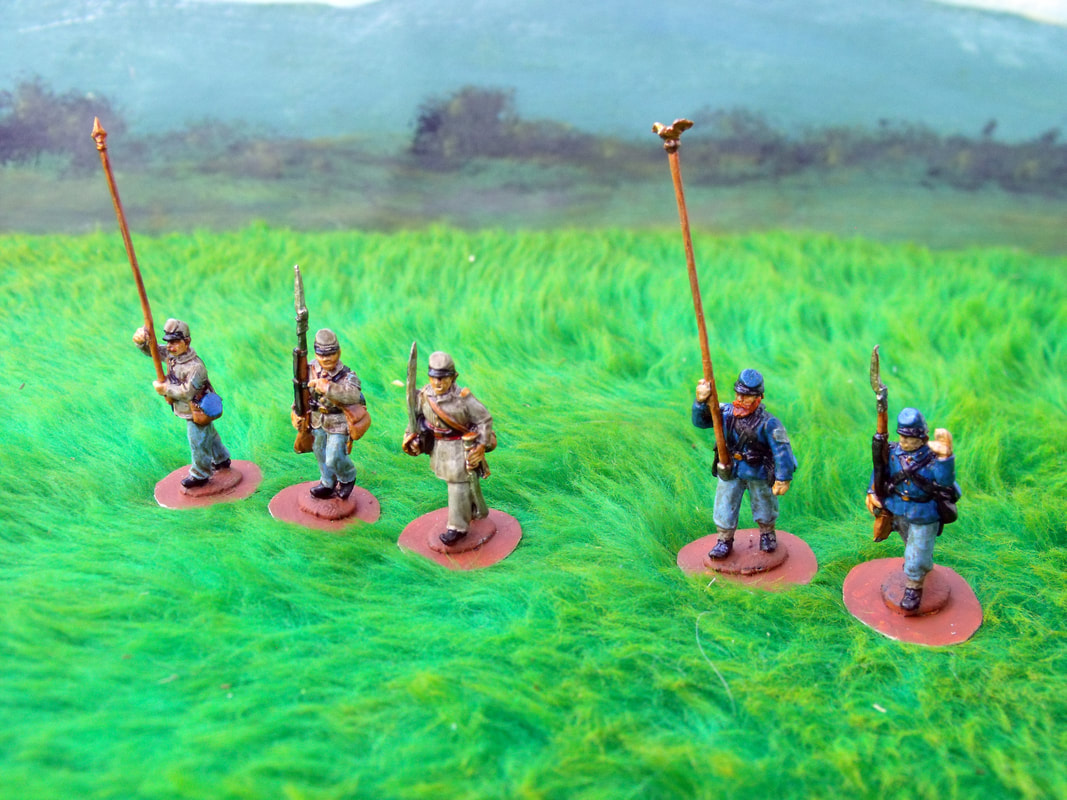
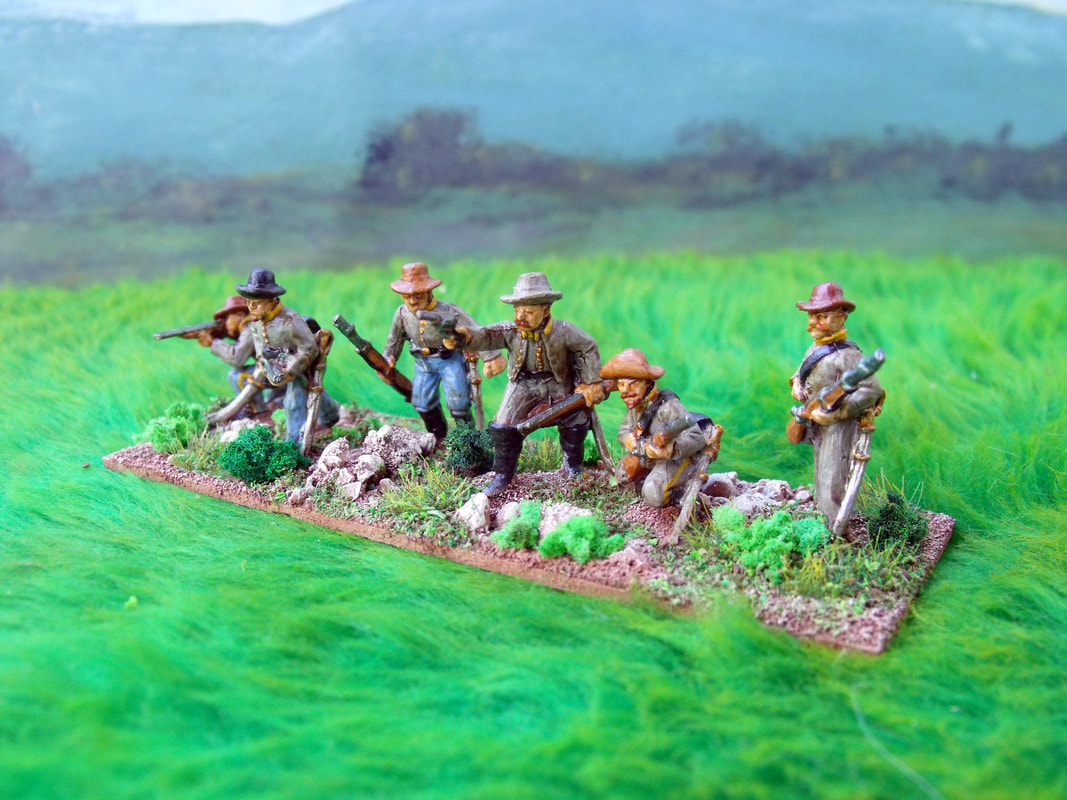
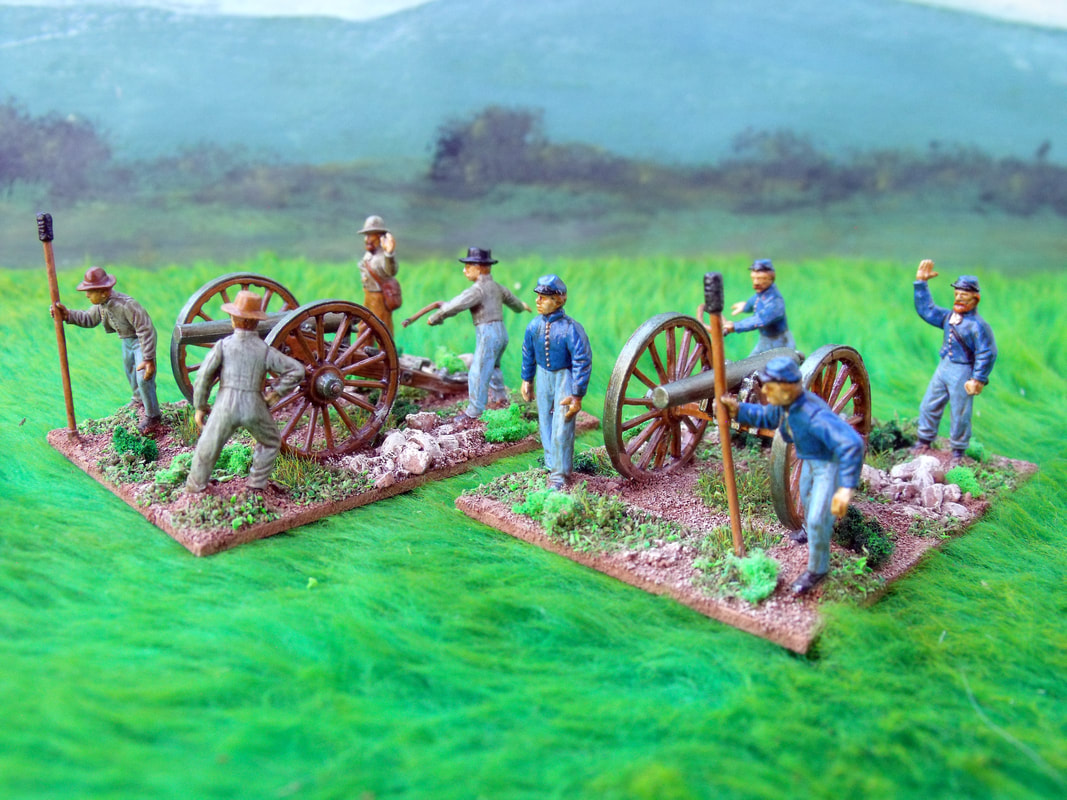
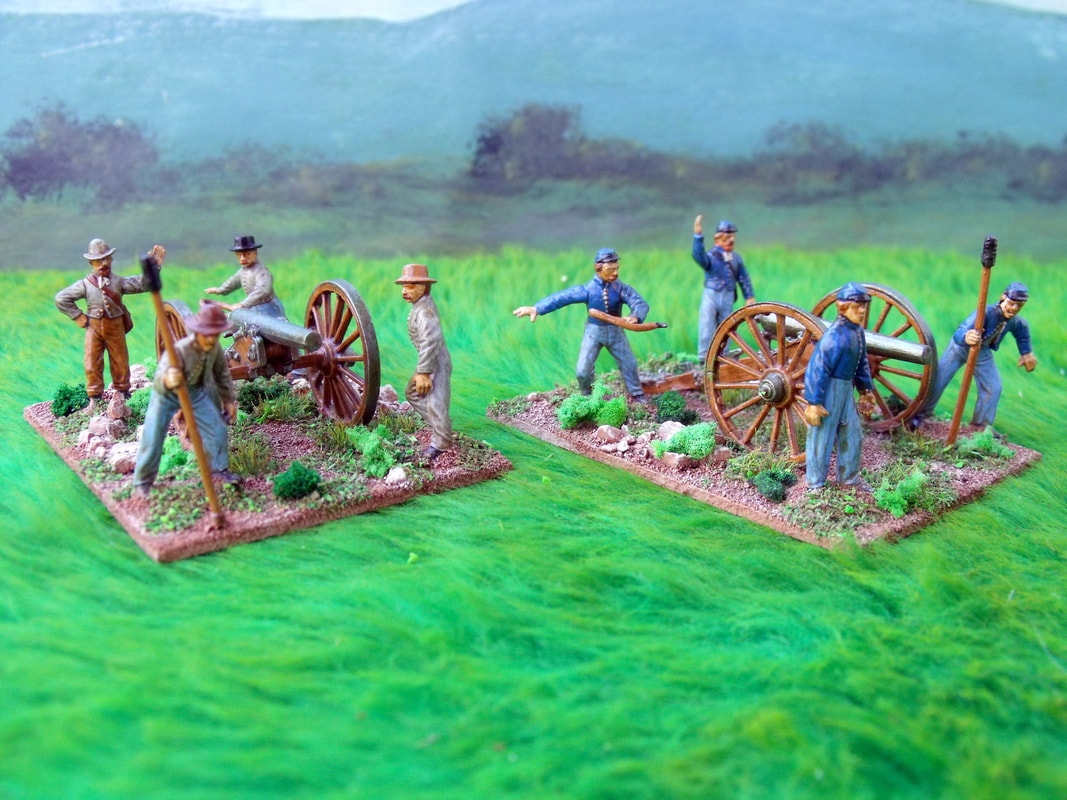
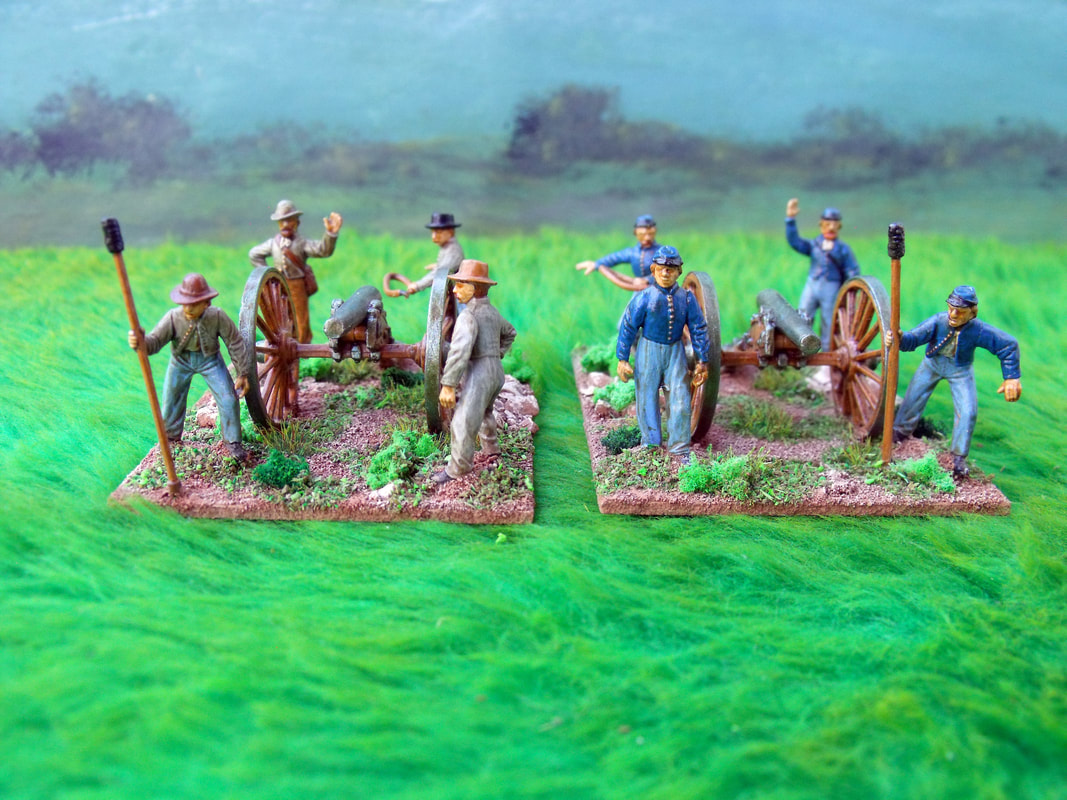
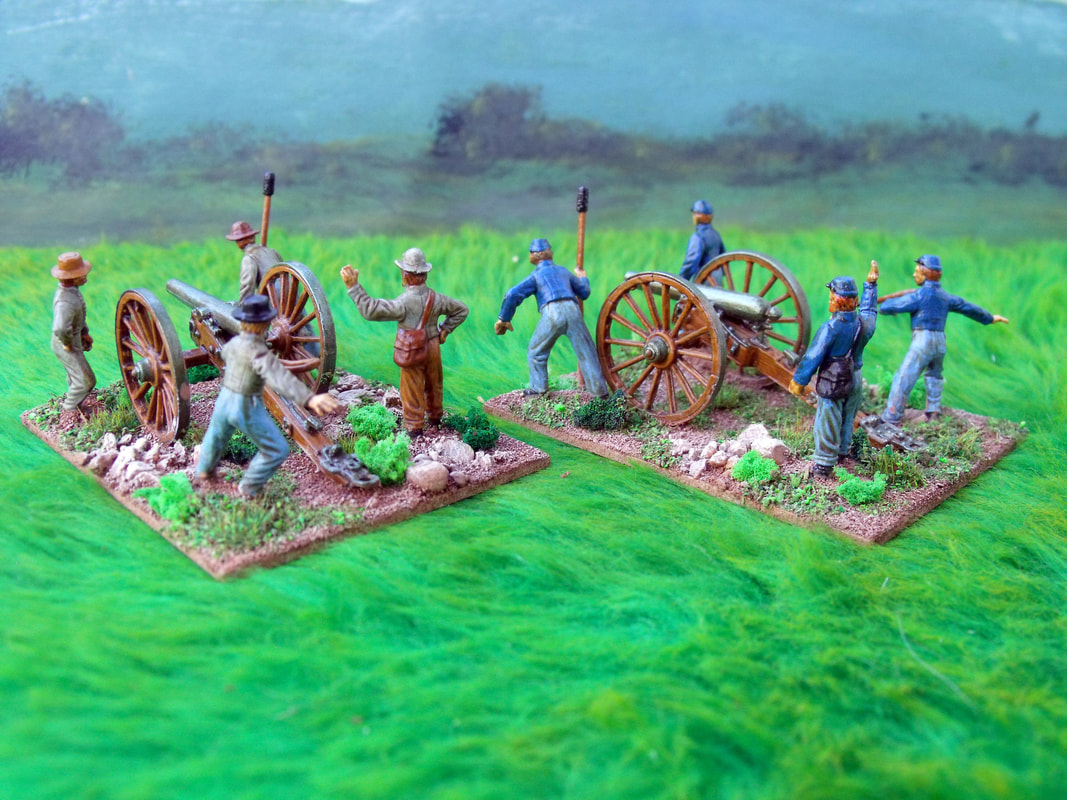


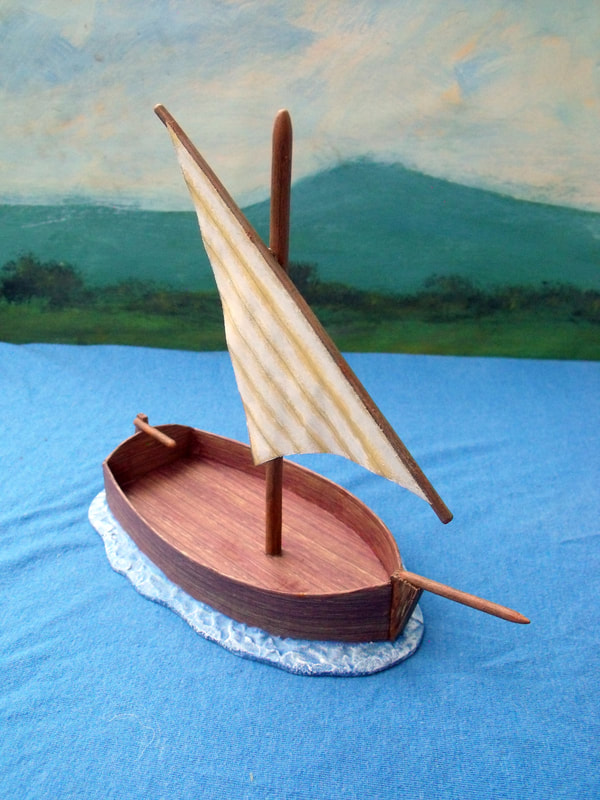
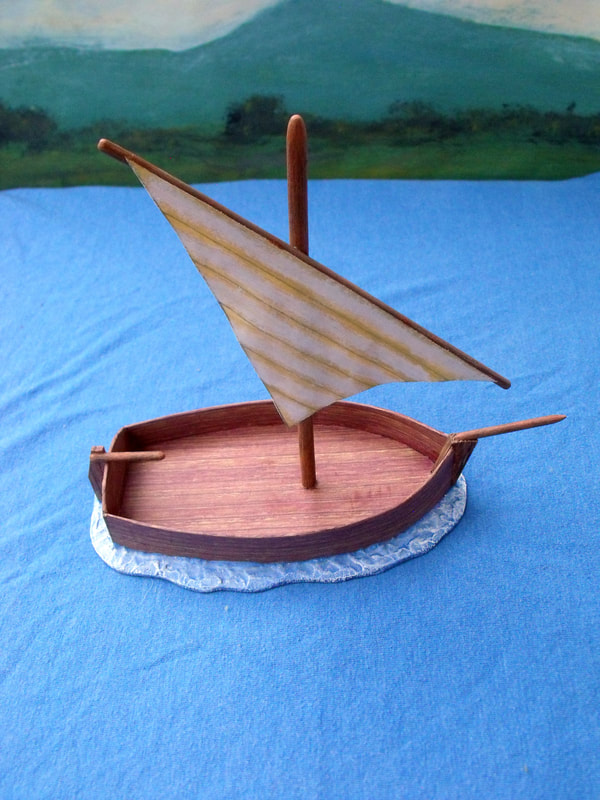
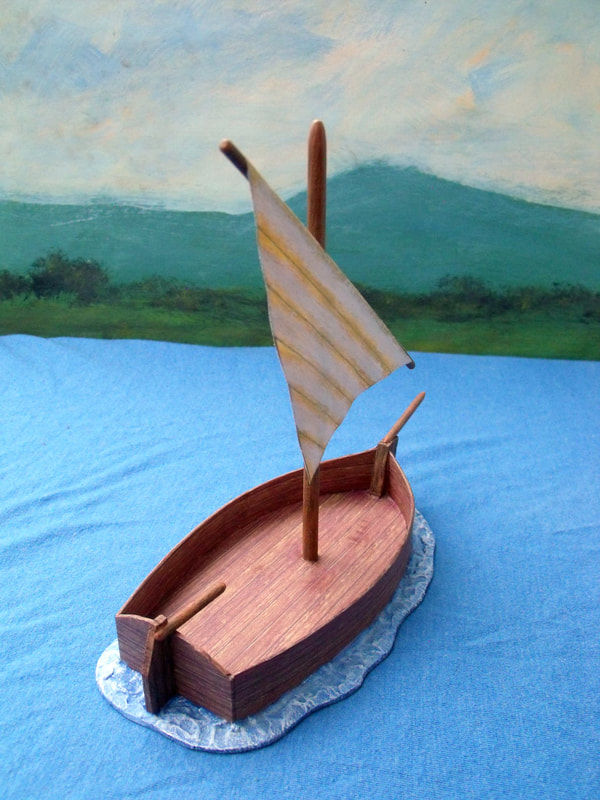

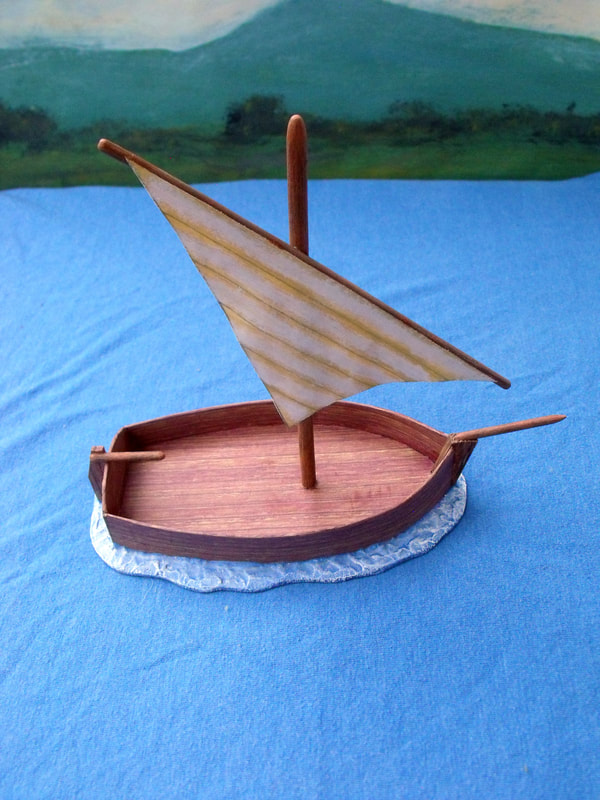
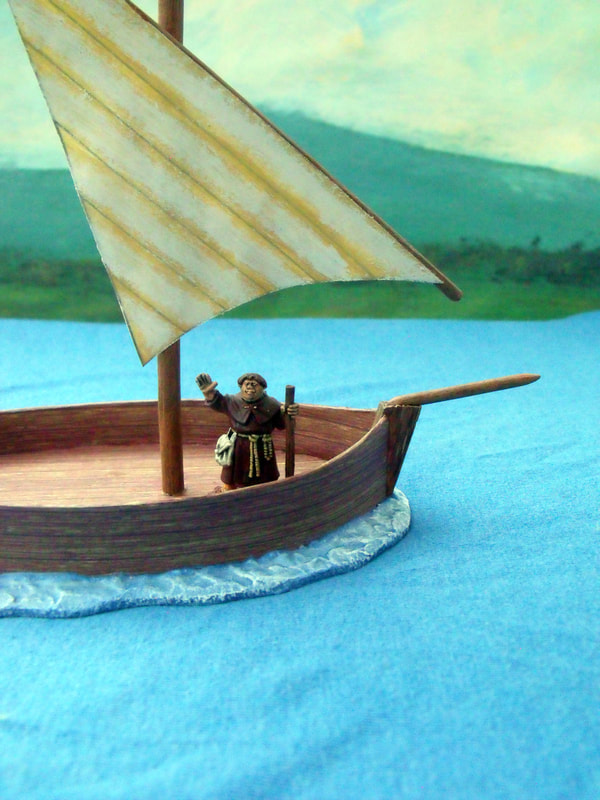

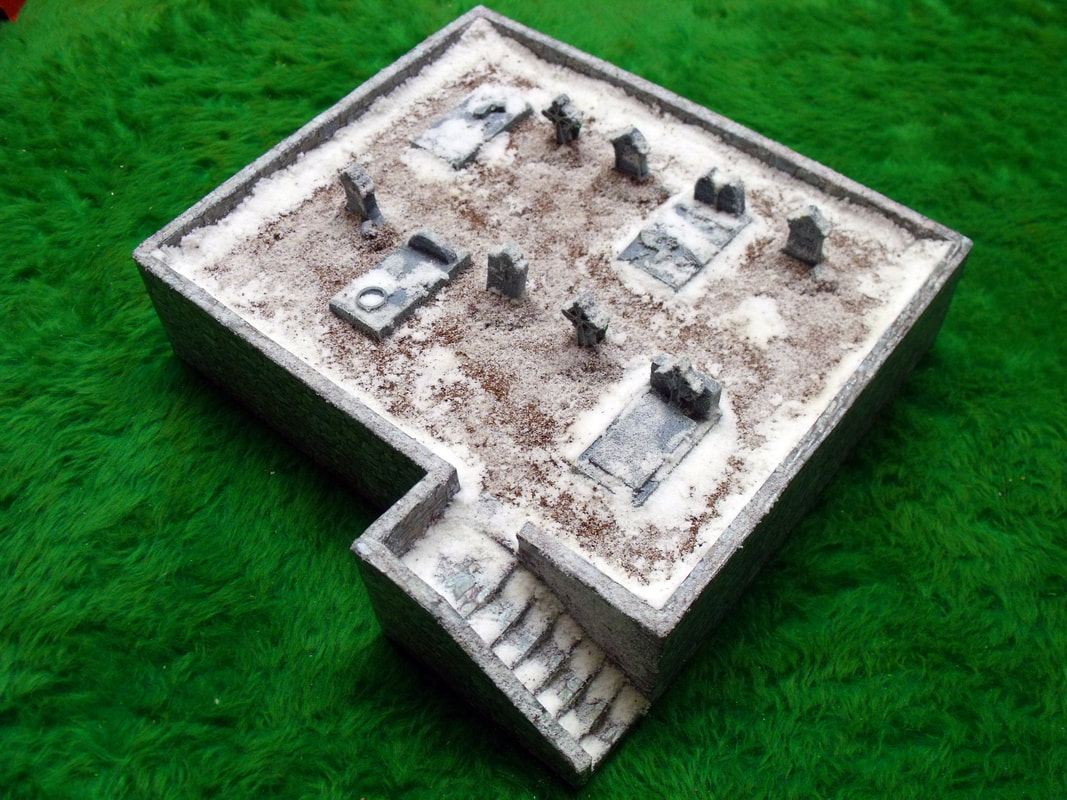

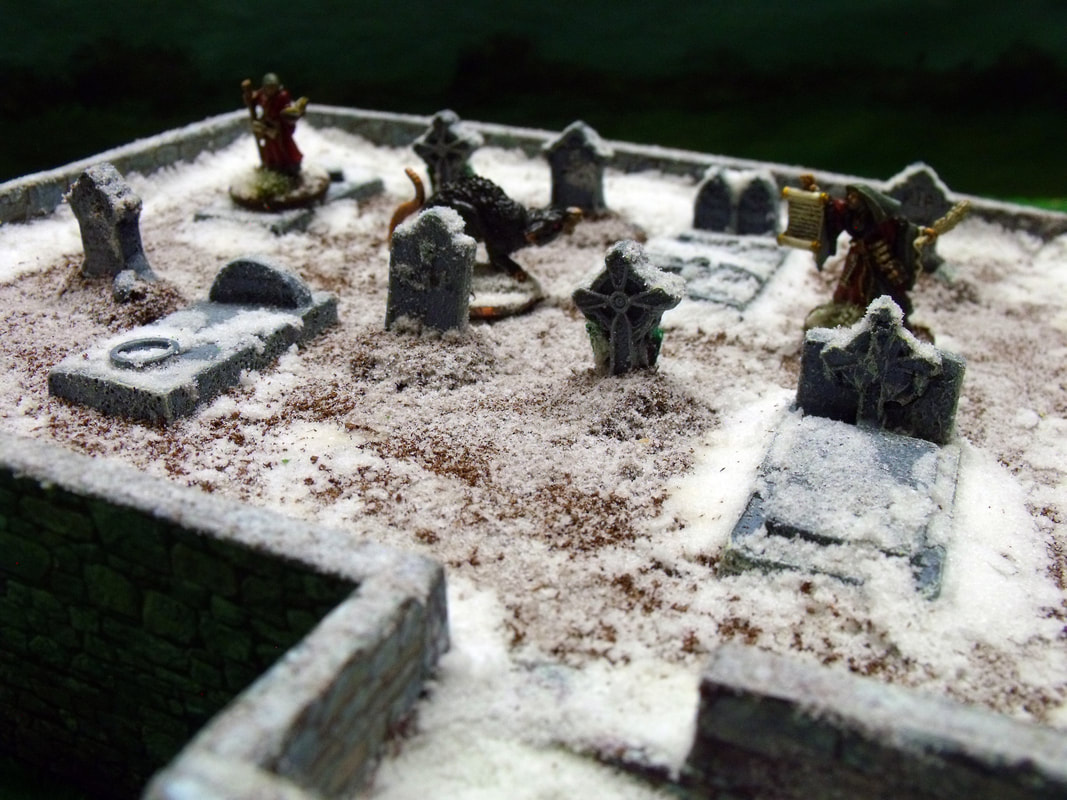
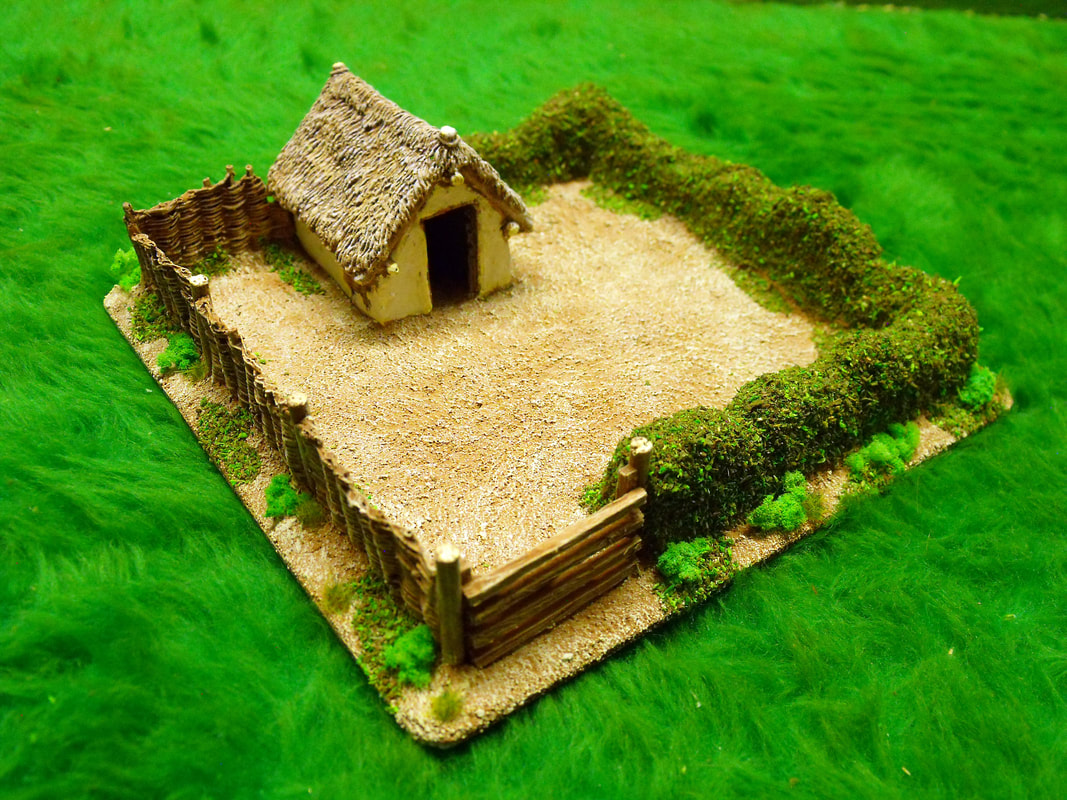

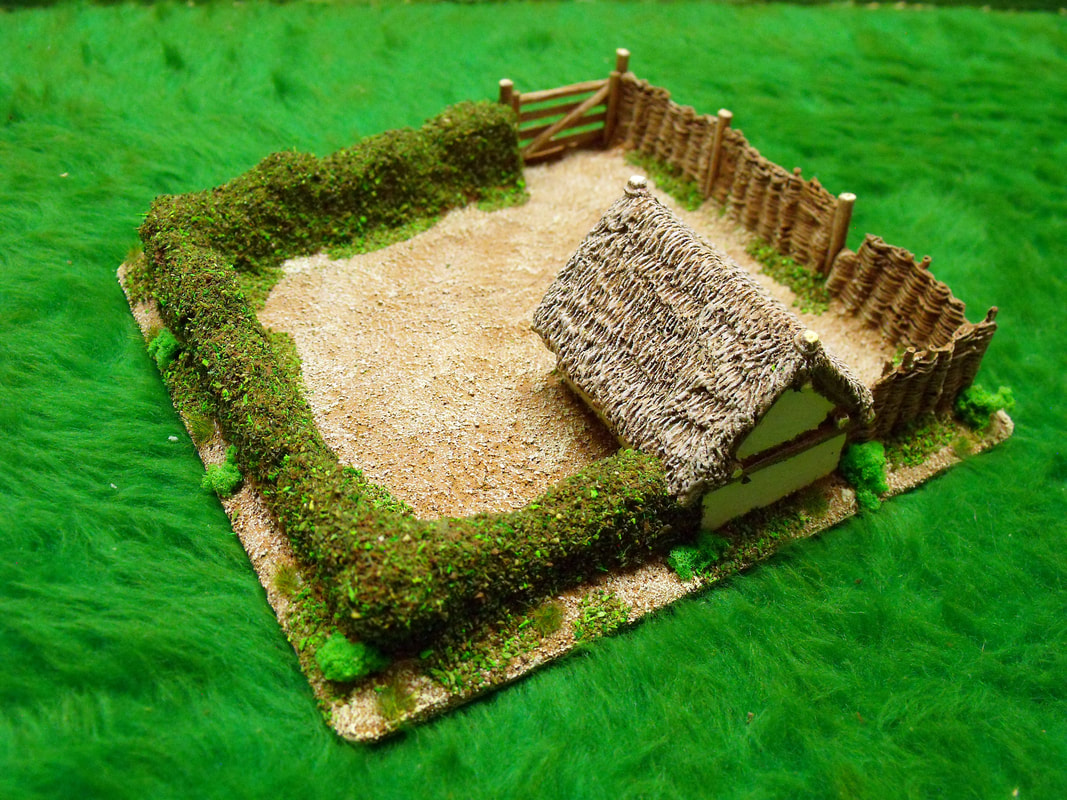
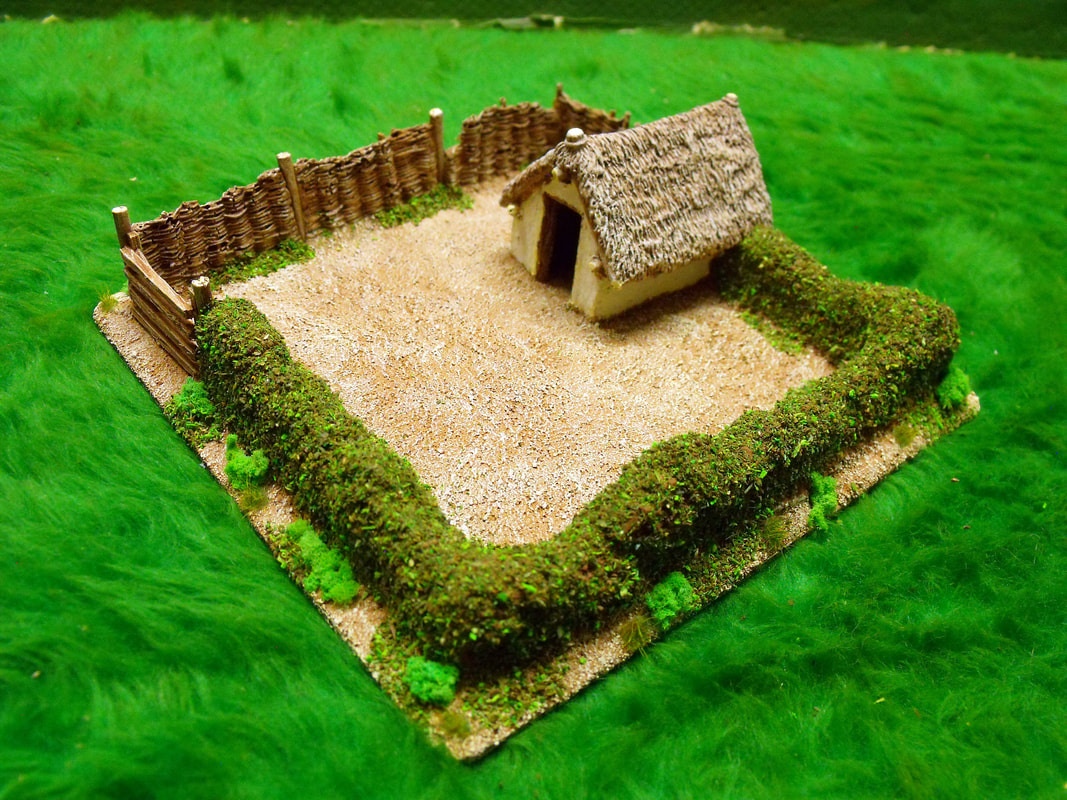

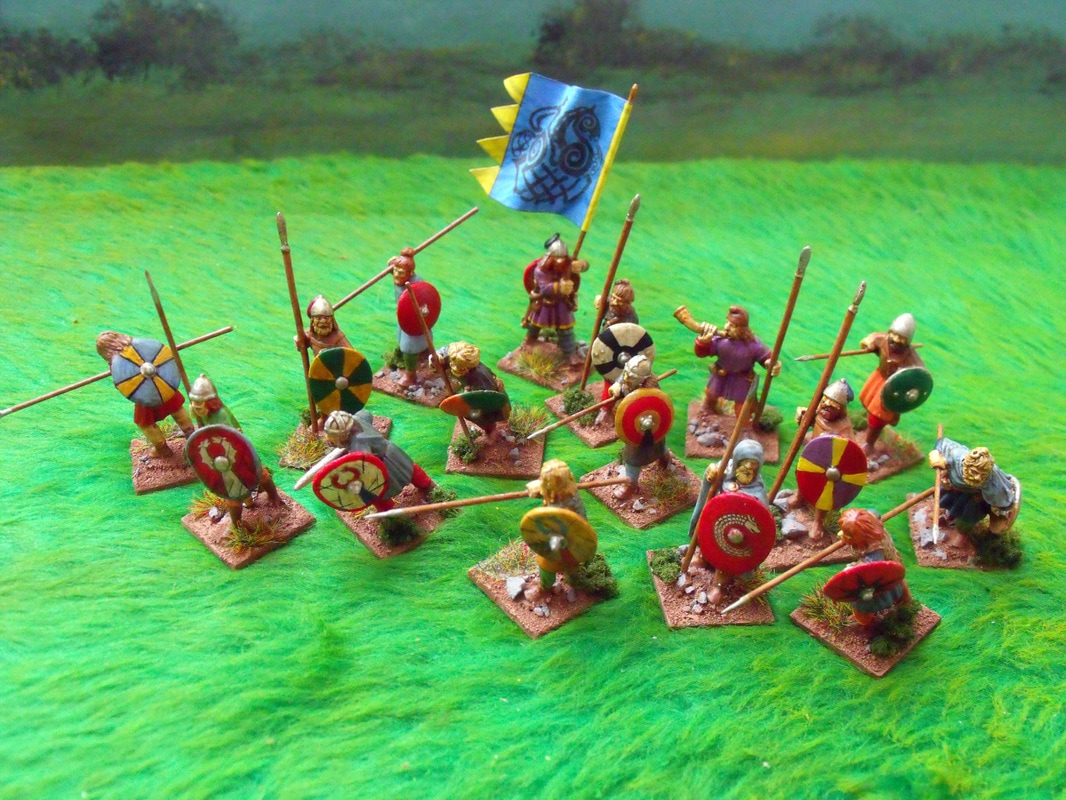

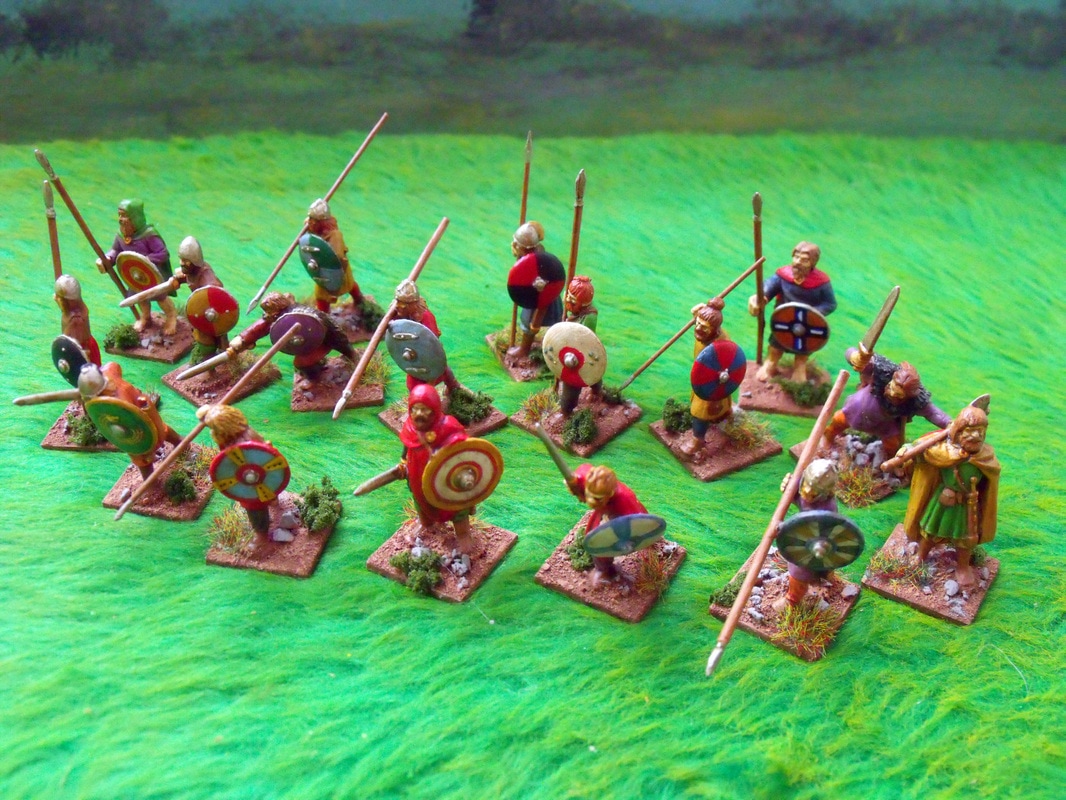



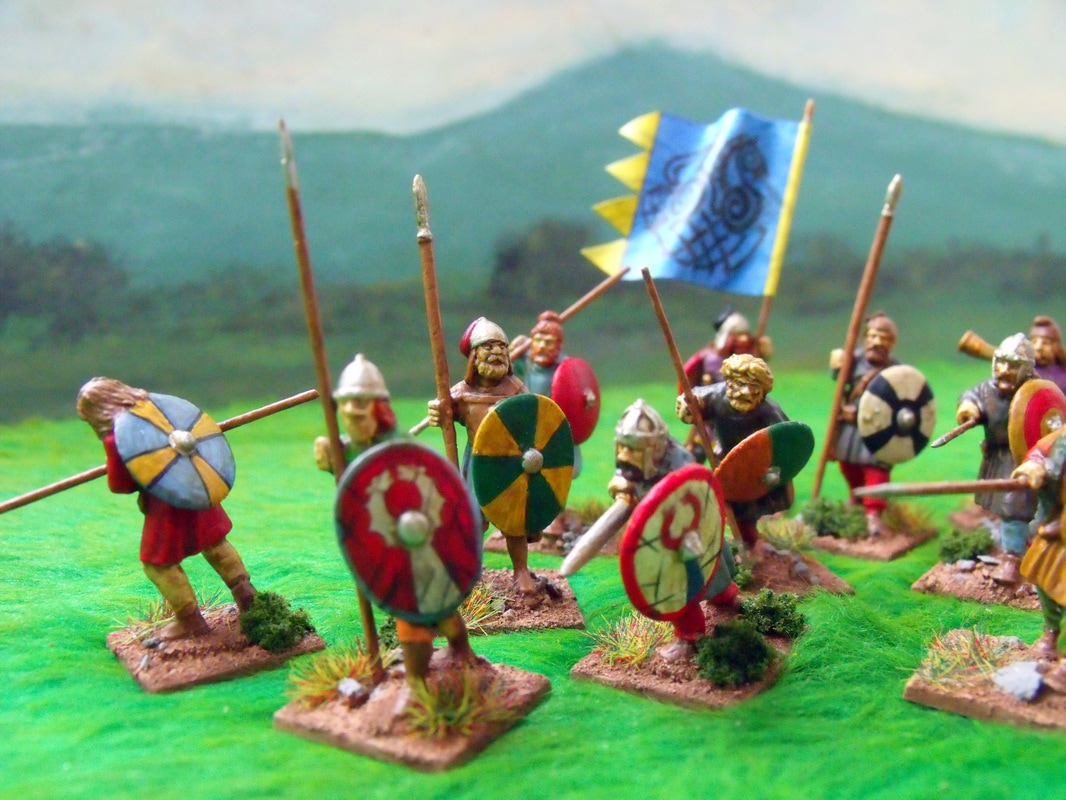

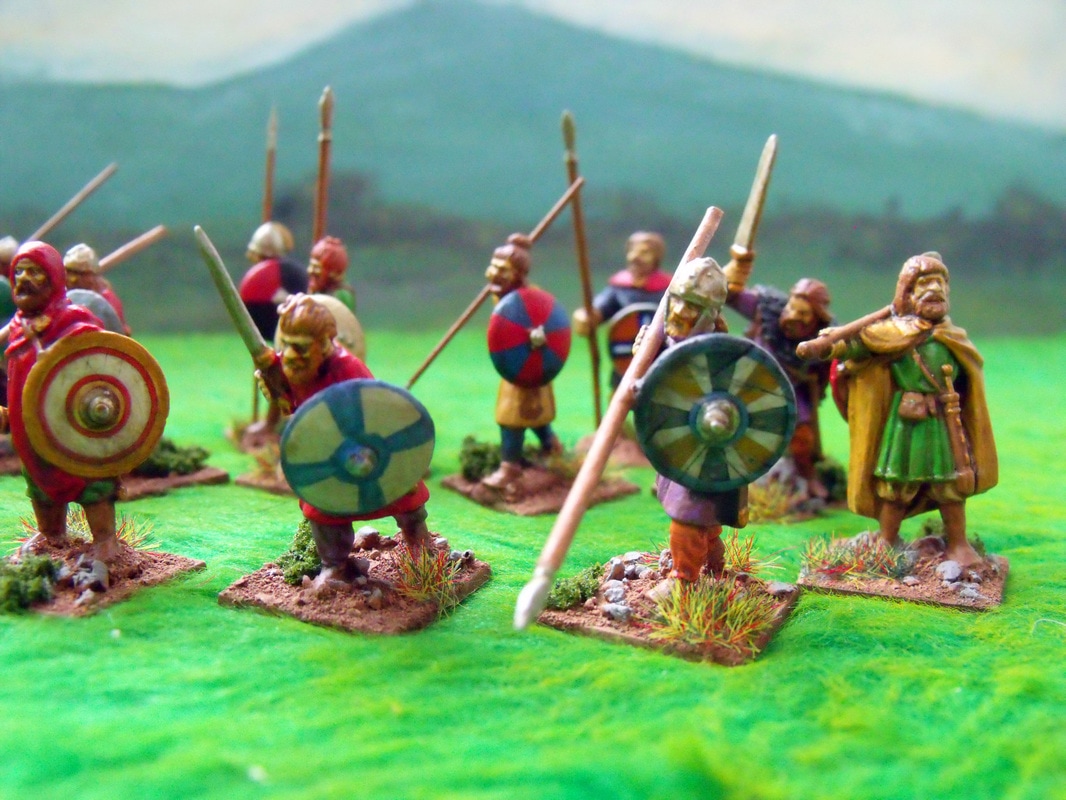
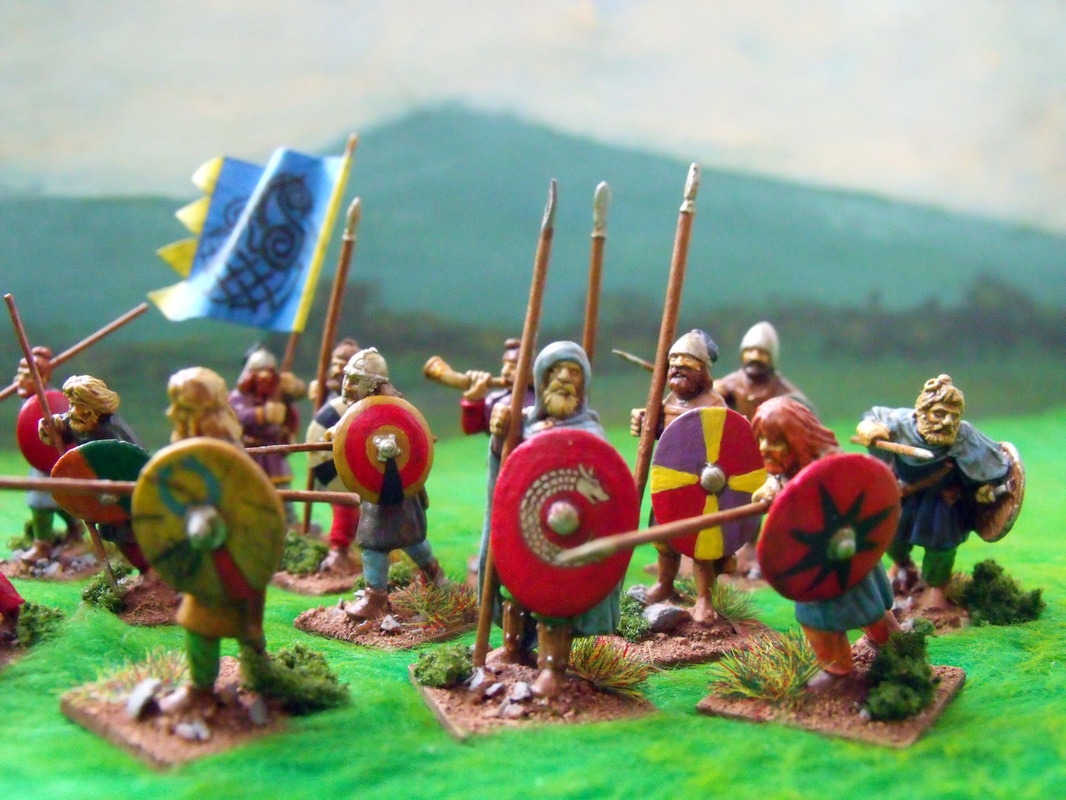


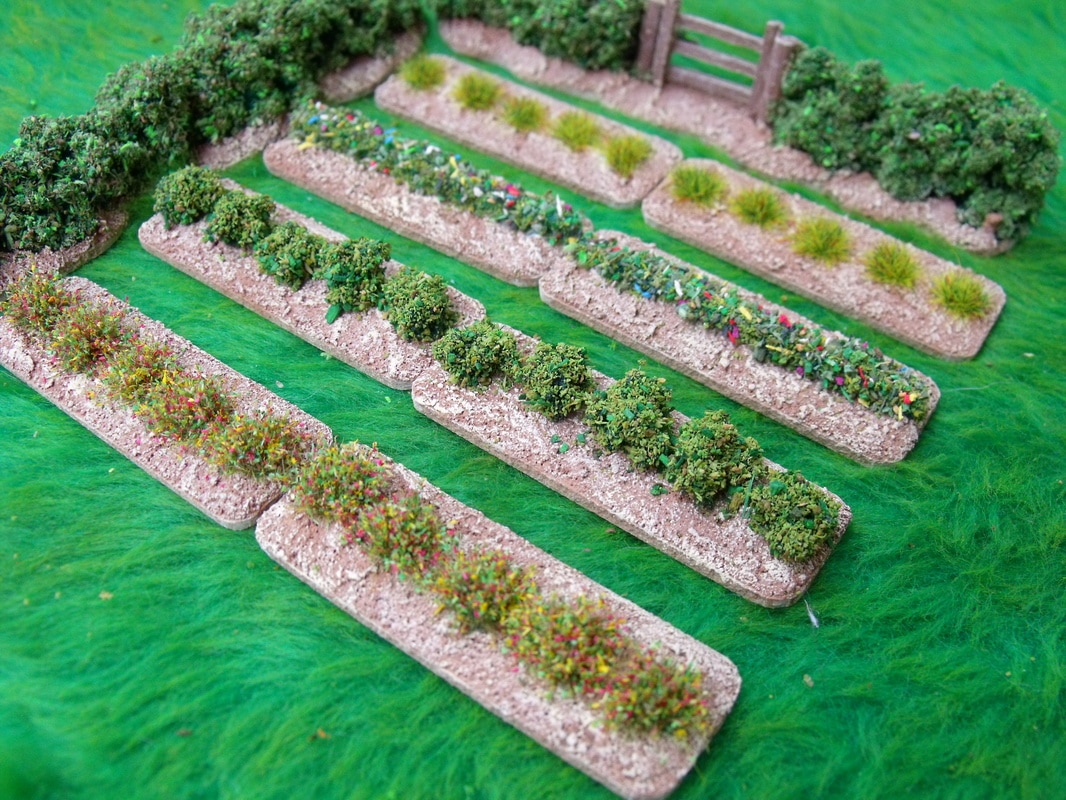
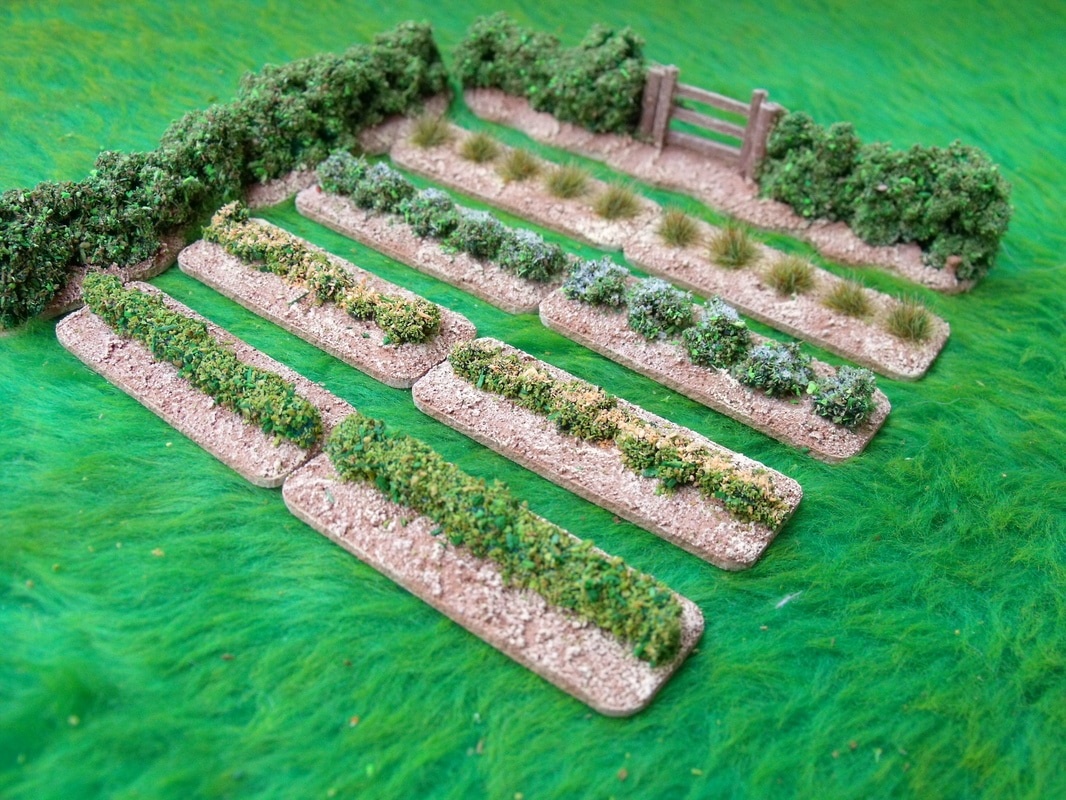

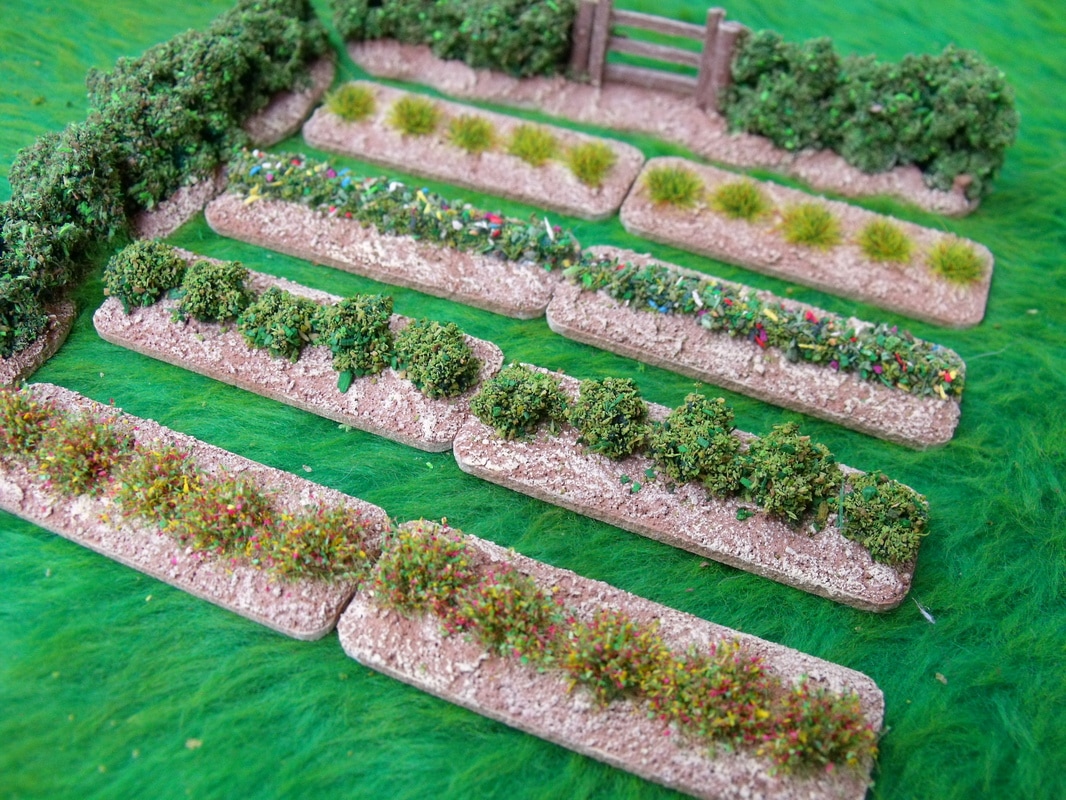
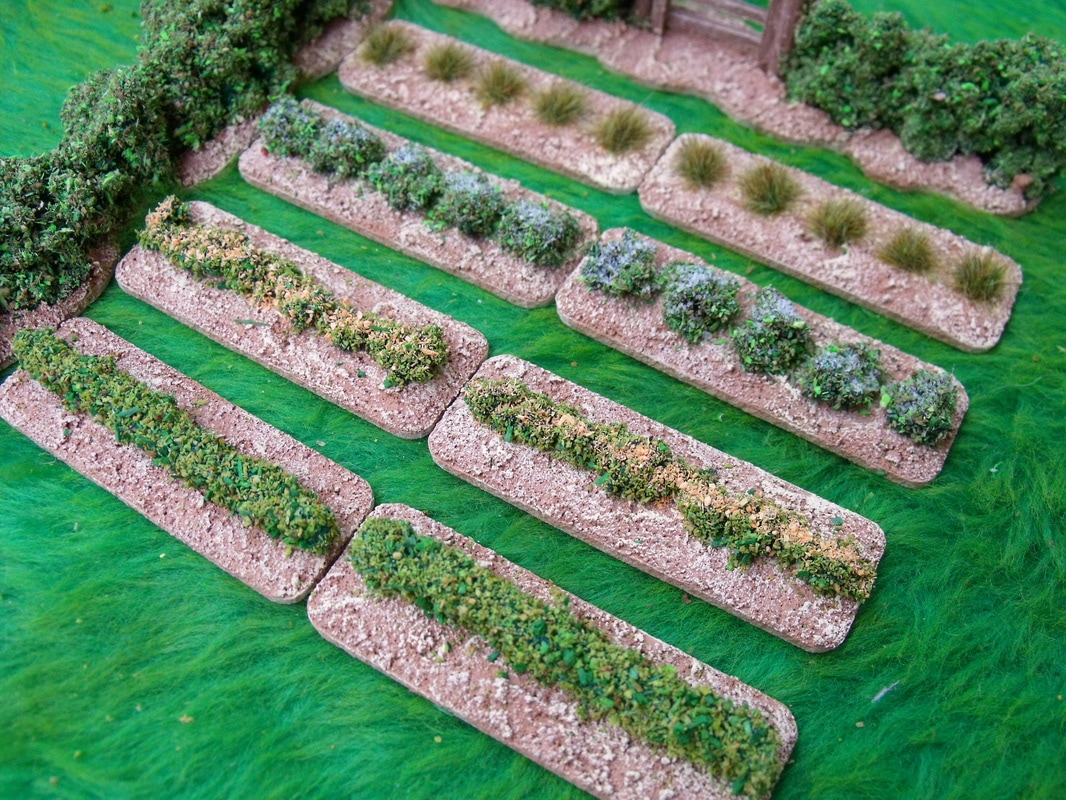
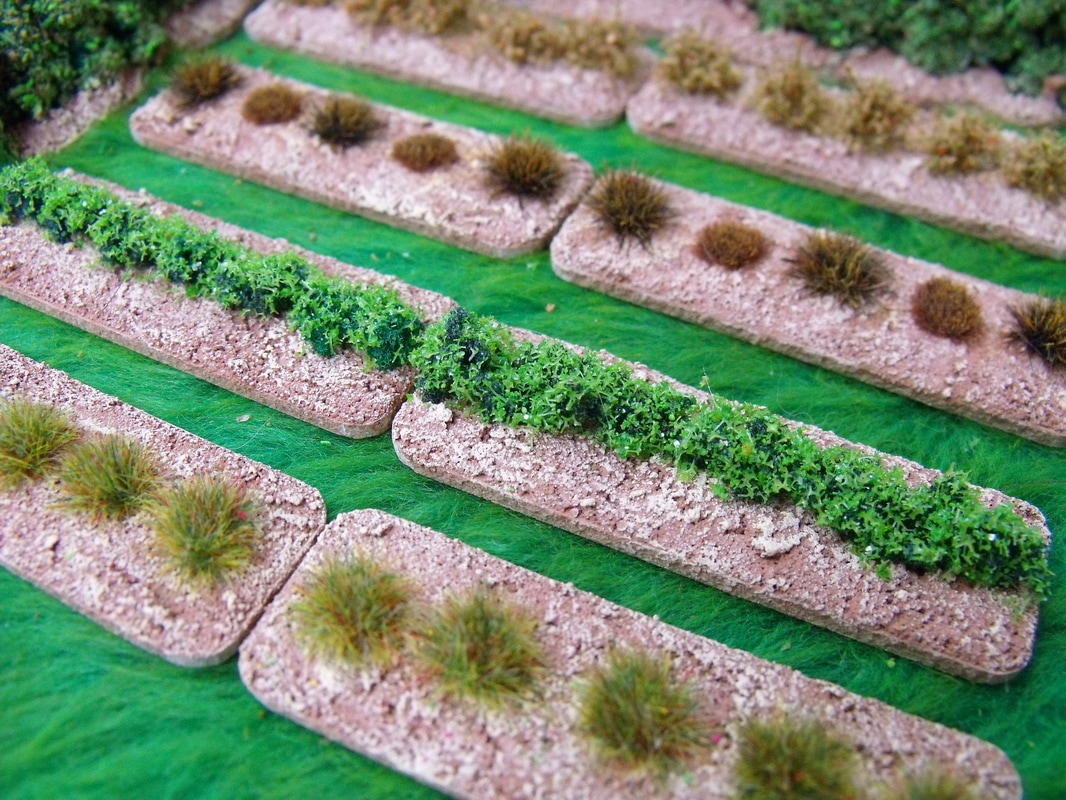
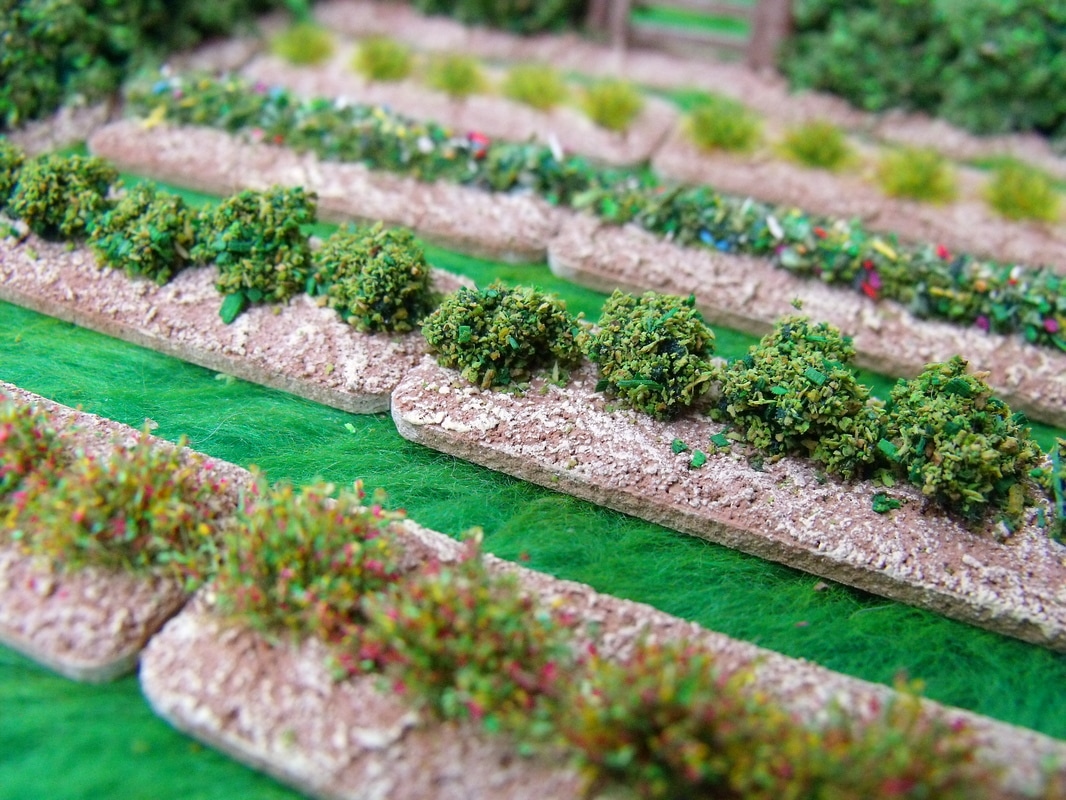
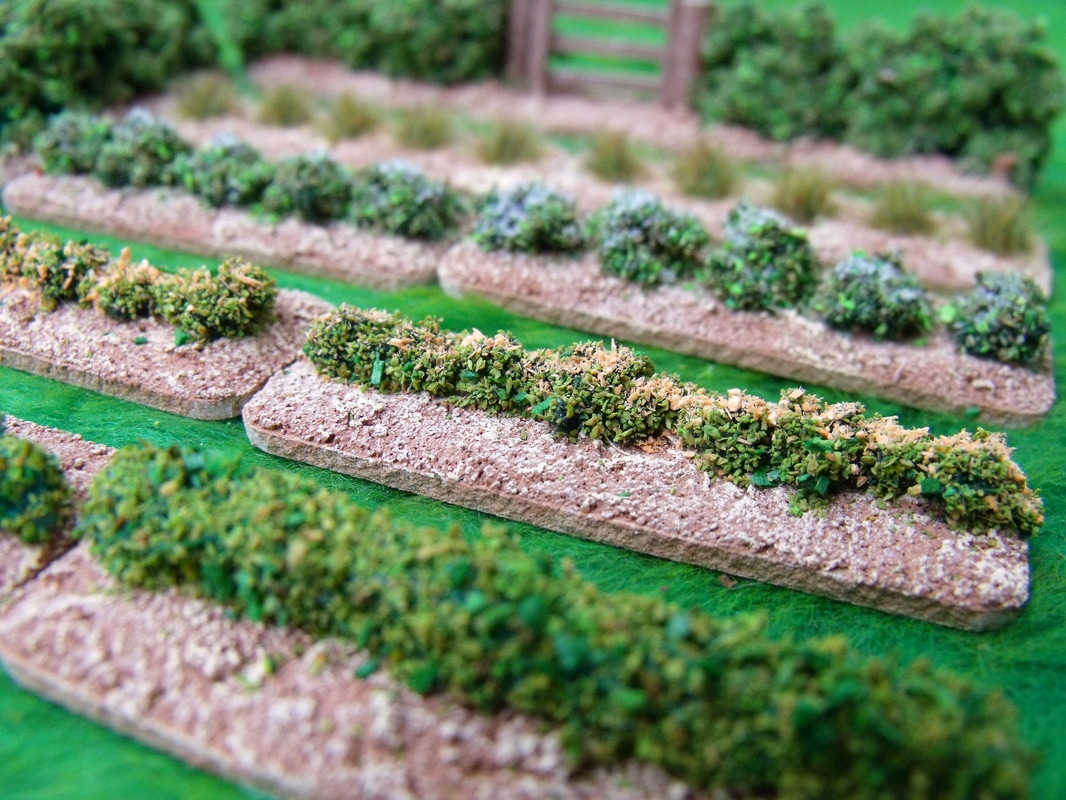
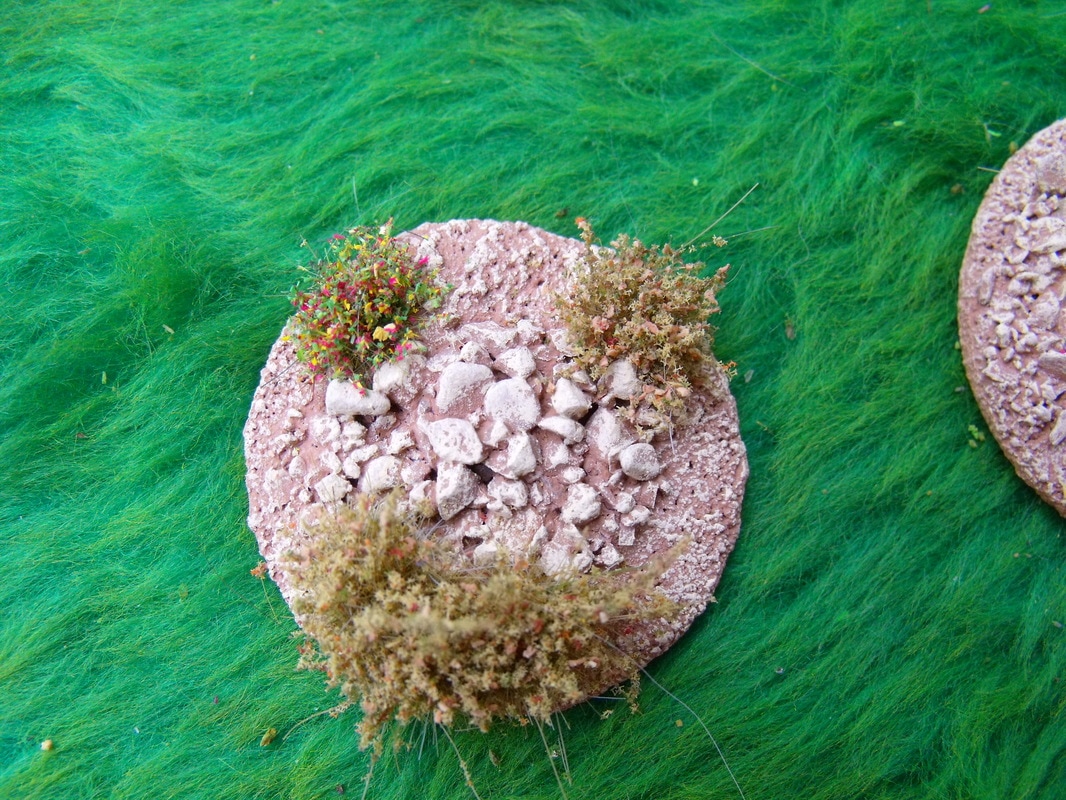

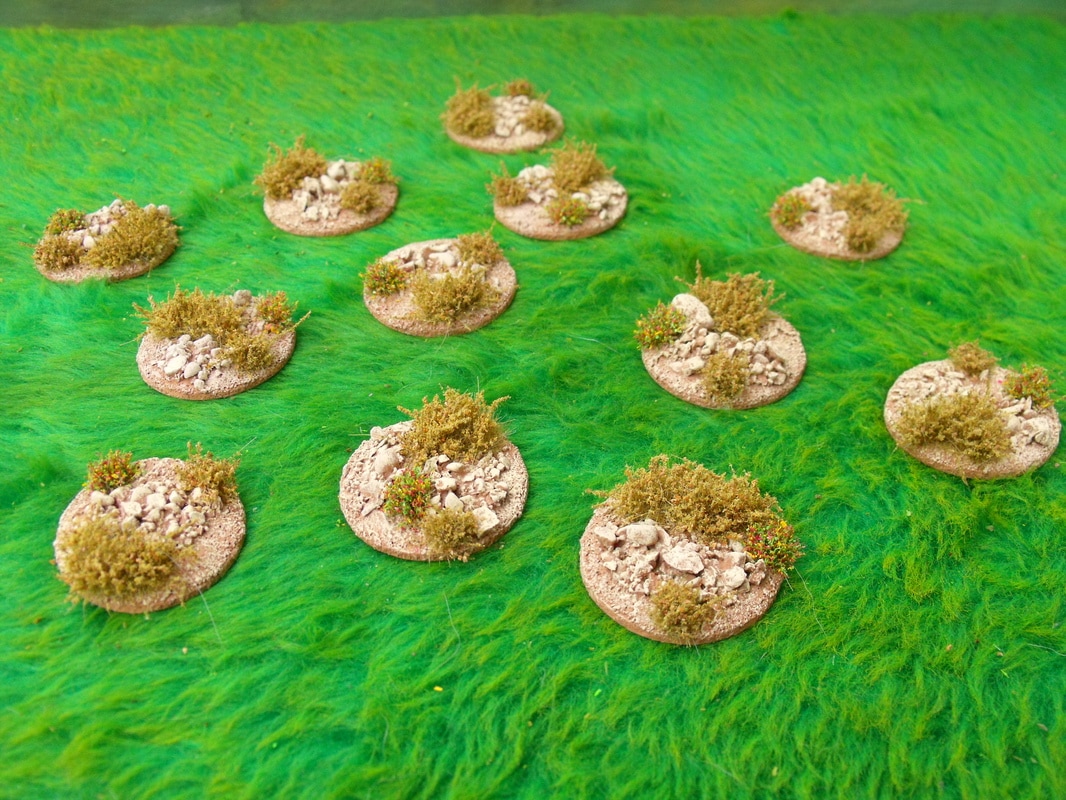
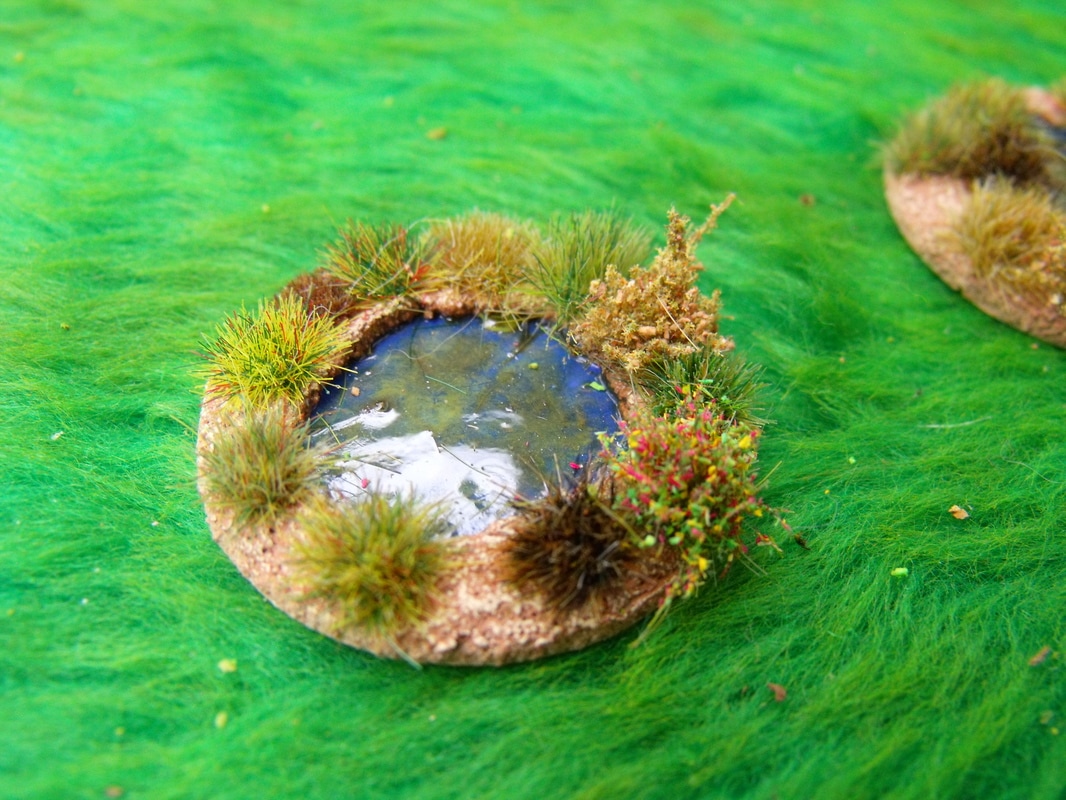

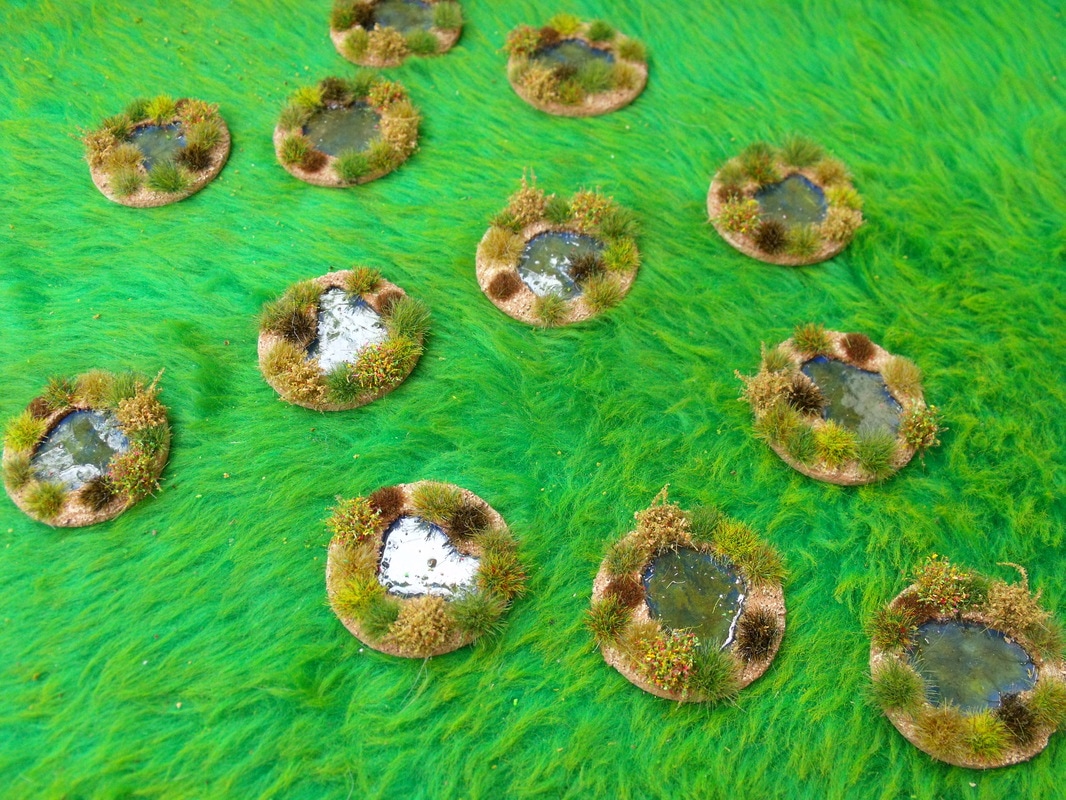

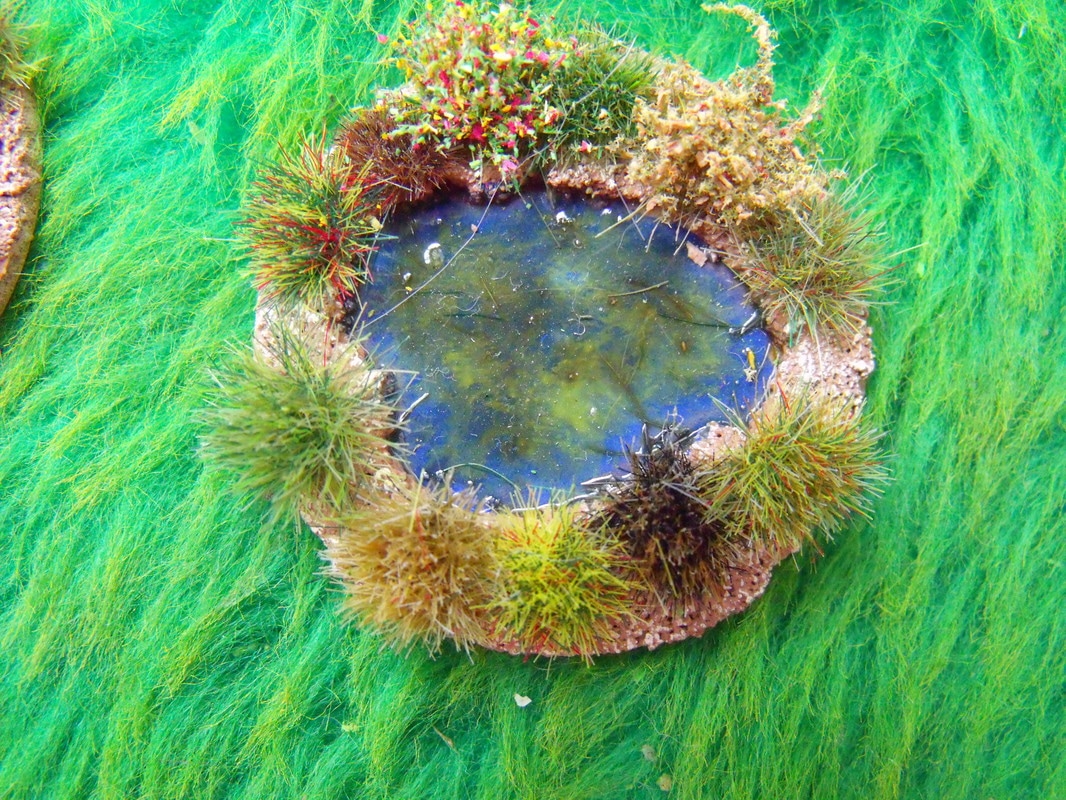

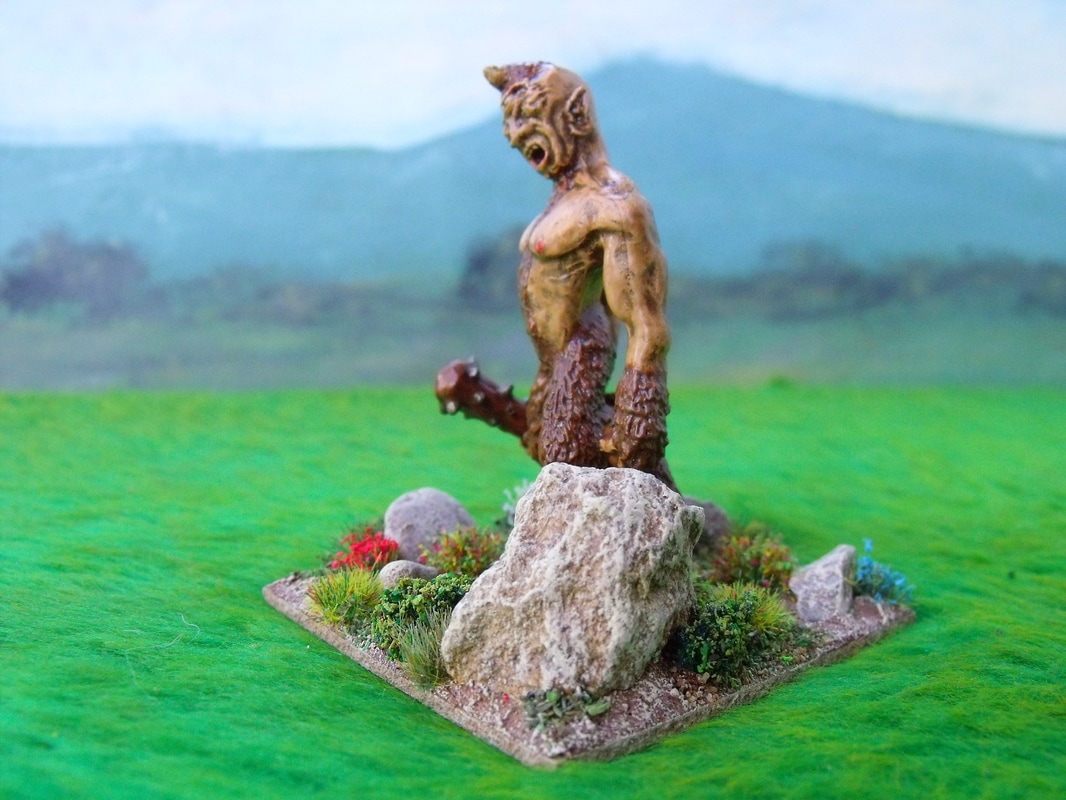
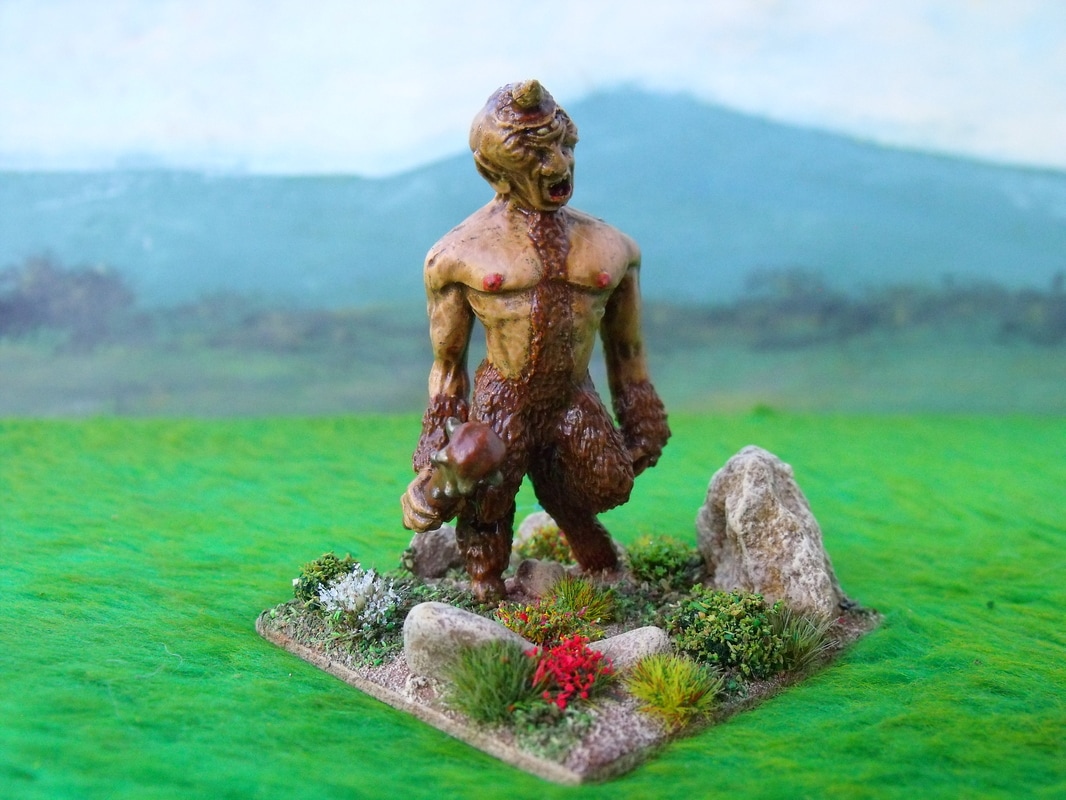
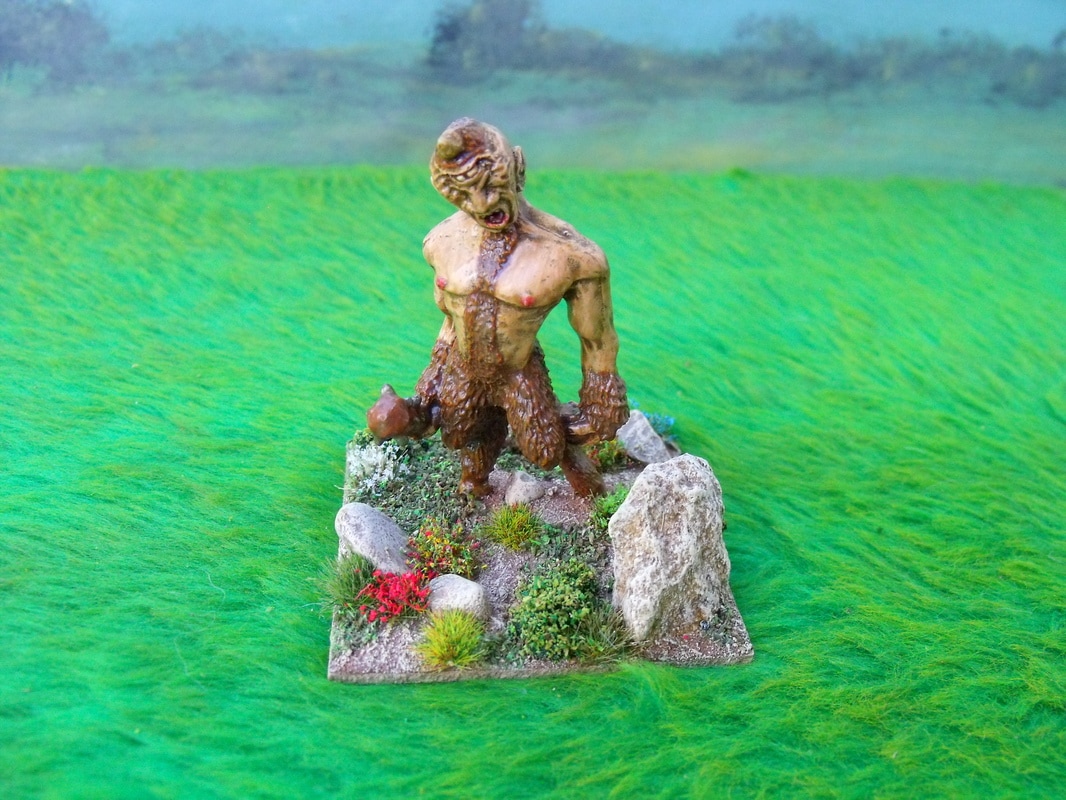
 RSS Feed
RSS Feed